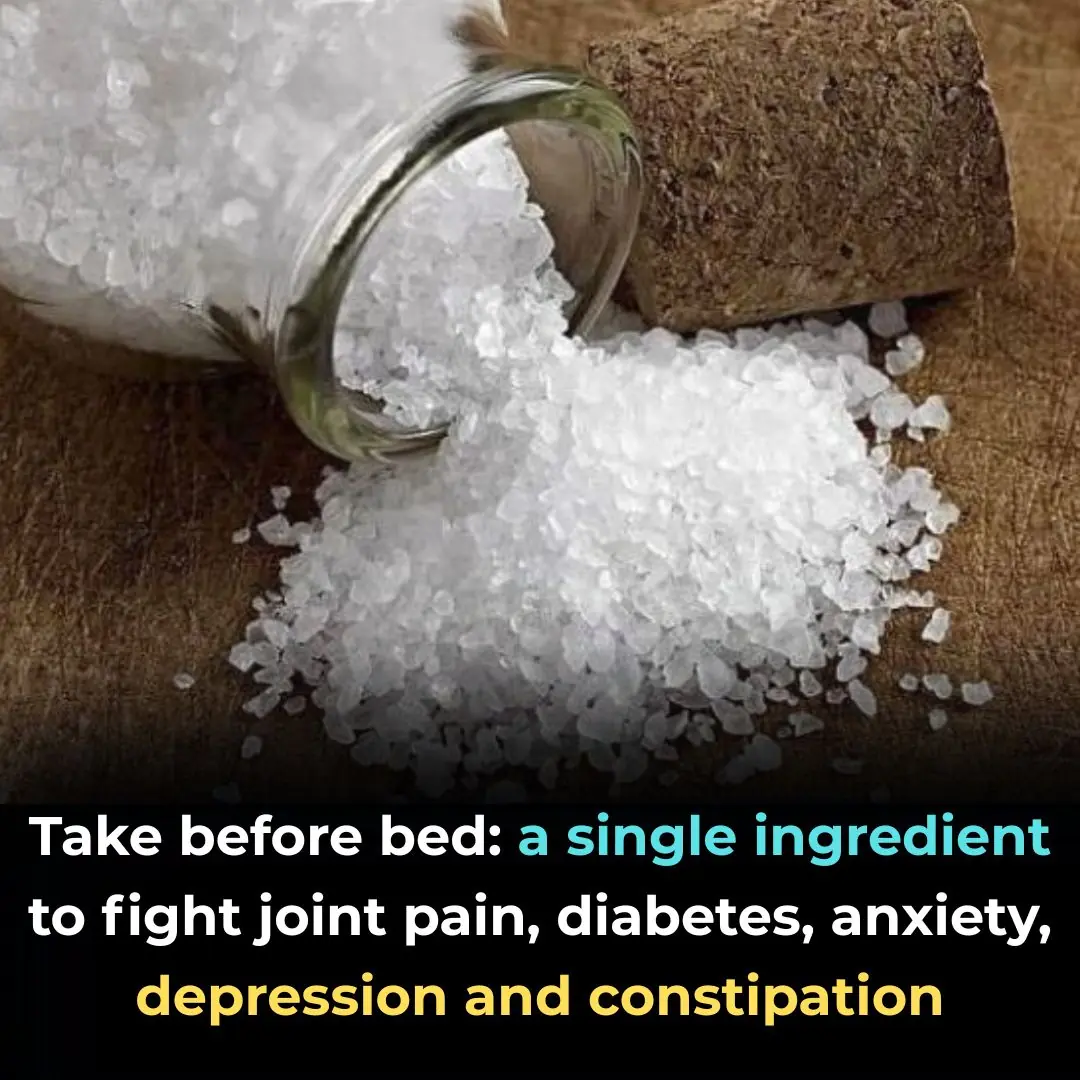
🧴 Pimples on Your Lips? What It Really Is & How to Treat It Safely

You wake up, reach for your morning coffee, and suddenly feel it — a small, tender bump sitting right on your lip.
It’s red. It’s sore. It might even throb a little.
Immediately, your mind starts racing:
“Is it a pimple? A cold sore? Did I do something wrong?”
You’re not alone — far from it.
Many people experience bumps around or even on their lips at some point, and while most are harmless, treating them correctly depends entirely on understanding what they really are.
Here’s the truth:
👉 True pimples rarely appear directly on lip tissue.
What we often call “lip pimples” are usually something else — conditions caused by bacteria, viruses, irritation, or even blocked glands.
Let’s break down what’s actually happening so you can treat it wisely, prevent infection, and feel confident again.
Because real skincare isn’t about guessing — it’s about knowing the difference and responding with care.
🔍 What Looks Like a Pimple But Isn’t?
1. Cold Sores (Fever Blisters) – Caused by the HSV-1 Virus
-
Tiny, fluid-filled blisters that often appear in clusters
-
Usually found where the lip meets the surrounding skin
-
Often preceded by tingling, itching, or burning
-
Caused by herpes simplex virus type 1 (HSV-1) — highly contagious
✅ Important: These are not pimples. Never pop or pick them, as that can spread the virus to other areas or to other people.
Common triggers: Stress, fatigue, excessive sun exposure, illness, hormonal changes, or a weakened immune system.
💡 Tip: Applying sunscreen lip balm daily can help reduce outbreaks triggered by UV light.
2. Fordyce Spots – Completely Harmless Oil Glands
-
Small, painless white or yellowish bumps on the lips or inside the mouth
-
Represent visible sebaceous glands (normal and natural)
-
Not contagious, not related to acne or STIs
🩺 No treatment is required — though some people choose cosmetic removal for aesthetic reasons. These spots are often mistaken for whiteheads but are totally harmless.
3. Mucous Cysts (Mucoceles) – From Blocked Salivary Ducts
-
Soft, smooth, clear, or bluish bumps usually on the inner lip
-
Caused by blocked salivary glands, often from lip-biting or trauma
-
May burst and refill repeatedly
✅ Most go away on their own — just avoid picking, biting, or irritating the area.
If a cyst lingers for several weeks or becomes painful, a dentist or dermatologist can easily remove it.
4. Angular Cheilitis – Cracked Corners of the Mouth
-
Red, inflamed, sometimes crusty patches at the mouth’s corners
-
Caused by yeast (Candida), bacteria, or constant moisture buildup
-
Common in people who lick their lips frequently, wear dentures, or have nutritional deficiencies (like low iron or vitamin B).
🧴 Treated with antifungal or antibacterial creams, depending on the cause.
Keeping lips dry and using barrier ointments like petroleum jelly can help prevent flare-ups.
✅ When It Might Actually Be a Pimple
True acne can appear around the lips — particularly on the skin near the mouth — if:
-
Hair follicles become clogged with oil and dead skin
-
You use pore-clogging lip products (heavy balms, thick glosses)
-
You touch your face or rest your chin on your hands frequently
These will look like regular whiteheads or red bumps. But remember — the lip surface itself has no oil glands, so acne doesn’t form directly on it.
❌ What Not to Do
🚫 Don’t pop or squeeze.
This spreads infection, delays healing, and may cause scarring.
🚫 Skip home “remedies” like toothpaste or lemon juice.
They irritate delicate lip skin and can make inflammation worse.
🚫 Don’t use acne creams on cold sores.
Antibacterial or drying agents like benzoyl peroxide won’t help viral blisters and can actually cause burns.
🚫 Avoid sharing towels, utensils, or lip balm.
This spreads HSV-1 and bacteria.
🚫 Never apply retinoids, benzoyl peroxide, or salicylic acid directly on your lips unless a doctor tells you to. Lip skin is too thin and sensitive for these ingredients.
🩷 Safe & Effective Ways to Care for Lip Bumps
For Cold Sores
-
Apply over-the-counter antiviral creams (docosanol, acyclovir) at the very first tingle.
-
Use a cold compress to reduce pain and swelling.
-
Keep the area clean and dry.
-
Avoid kissing, oral contact, or sharing items until the sore heals completely.
💊 Prescription oral antivirals can significantly shorten outbreaks if taken early.
For Irritated Skin or Acne Near the Lips
-
Wash gently with a mild, fragrance-free cleanser.
-
Use non-comedogenic lip products labeled “won’t clog pores.”
-
Avoid heavy makeup or sticky glosses that trap dirt.
-
Try a spot treatment with 2.5% benzoyl peroxide — only on the surrounding skin, never on the lips.
General Prevention Tips
-
Don’t pick or bite your lips — this prevents trauma and cyst formation.
-
Use SPF lip balm daily to protect from UV-triggered cold sores.
-
Replace old or expired lip products; bacteria can accumulate in tubes and tins.
-
Wash your hands regularly to reduce germ transfer.
-
Stay hydrated and maintain a balanced diet to support skin healing.
🚫 Avoid flavored or scented balms if you tend to lick your lips — saliva can dry and irritate the skin further.
🚨 When to See a Doctor
Seek professional advice if you have:
-
A bump that doesn’t heal within 2–3 weeks
-
Recurrent cold sores (more than 4 outbreaks a year)
-
Painful swelling, fever, or spreading redness
-
Pus, bleeding, or signs of infection
-
Unusual growths inside your mouth or on the gums
A dermatologist or dentist can diagnose the issue accurately, sometimes with a swab or biopsy, and prescribe the right medication.
🌿 Final Thoughts
Finding a bump on your lip can be stressful — but most of the time, it’s nothing serious.
The key is to stay calm, observe carefully, and treat it correctly.
So next time you notice a tiny spot in the mirror, don’t rush to pop it.
Pause.
Observe.
Care.
Because real healing starts with patience — and the wisdom to know when to let your body do its thing… and when to seek help.
That kind of awareness isn’t just good for your skin — it’s a form of self-care that shows in your confidence, your calm, and your peace of mind.
News in the same category

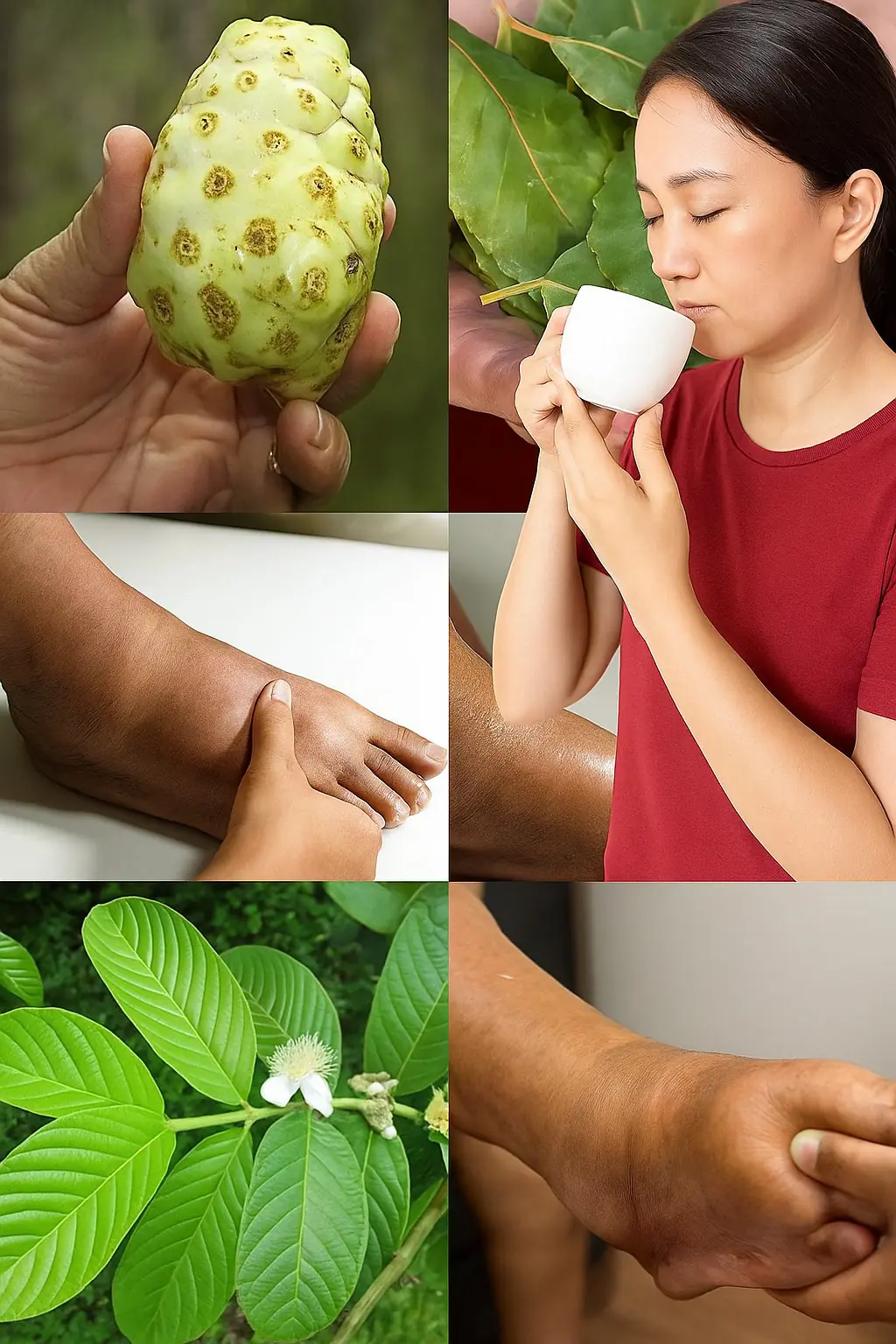
The Ultimate Healing Tonic: A Powerful Natural Drink for Swollen Feet, Diabetes & Poor Circulation
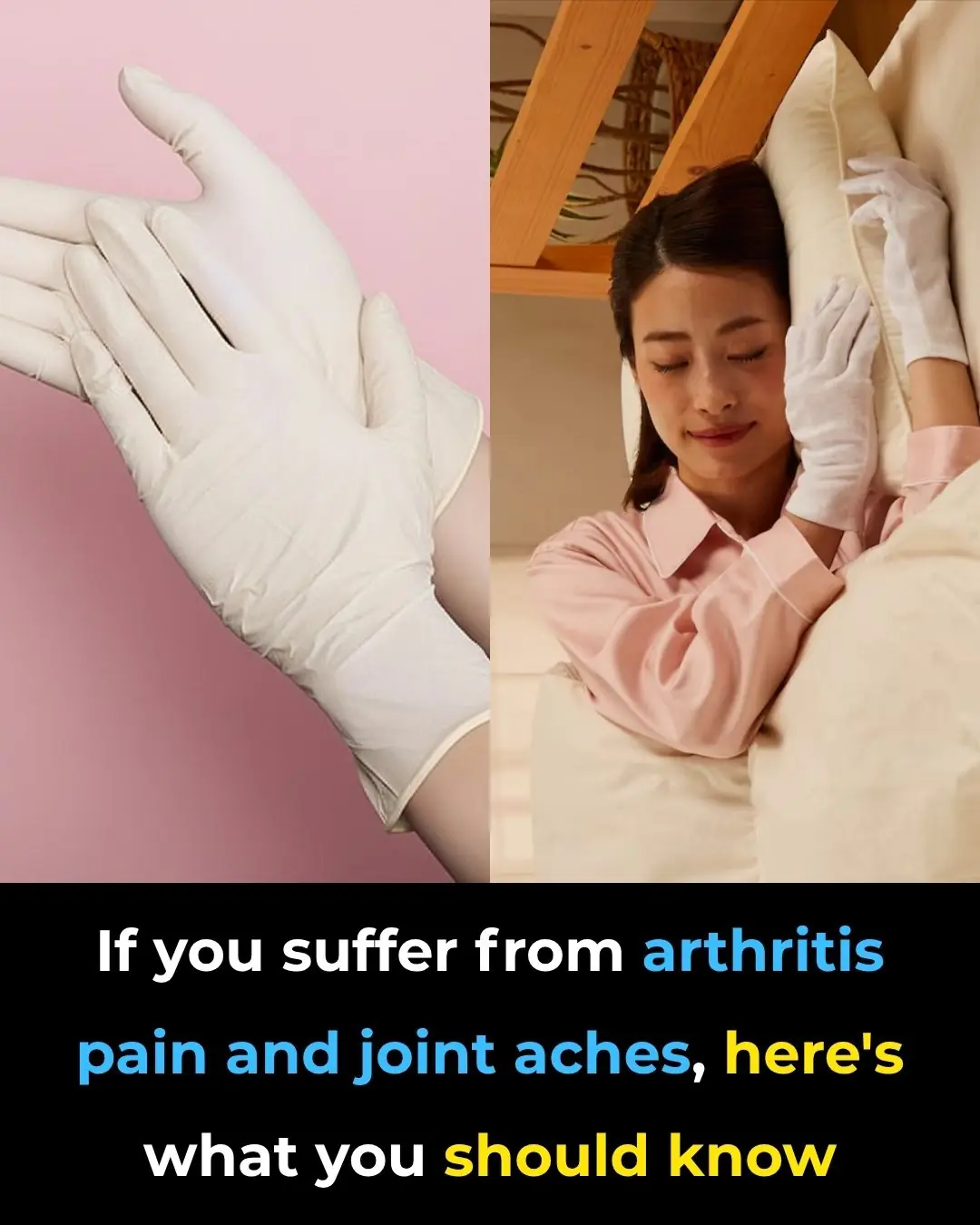
If you suffer from arthritis pain and joint aches, here's what you should know
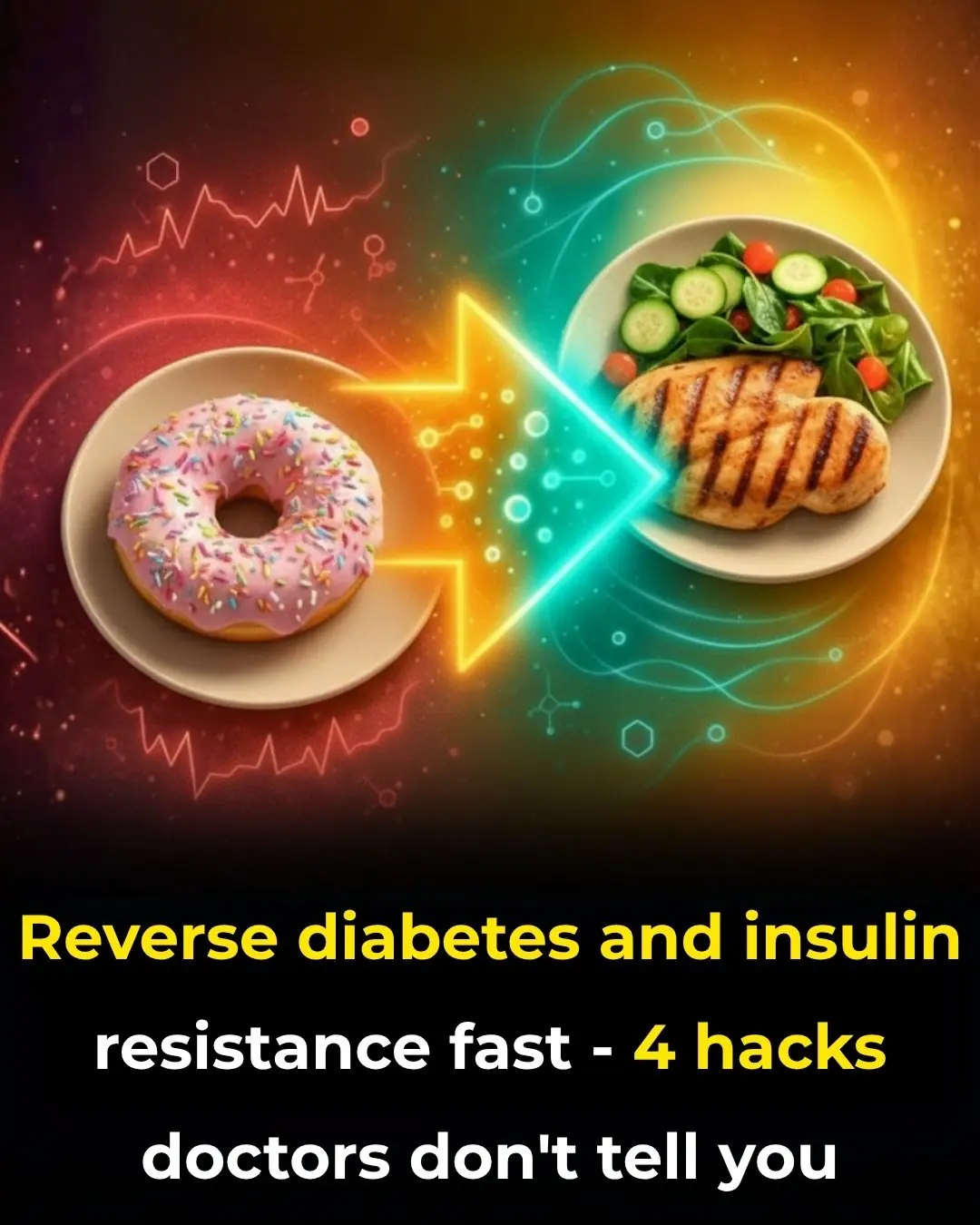
Reverse diabetes and insulin resistance fast—4 hacks doctors don’t tell you!
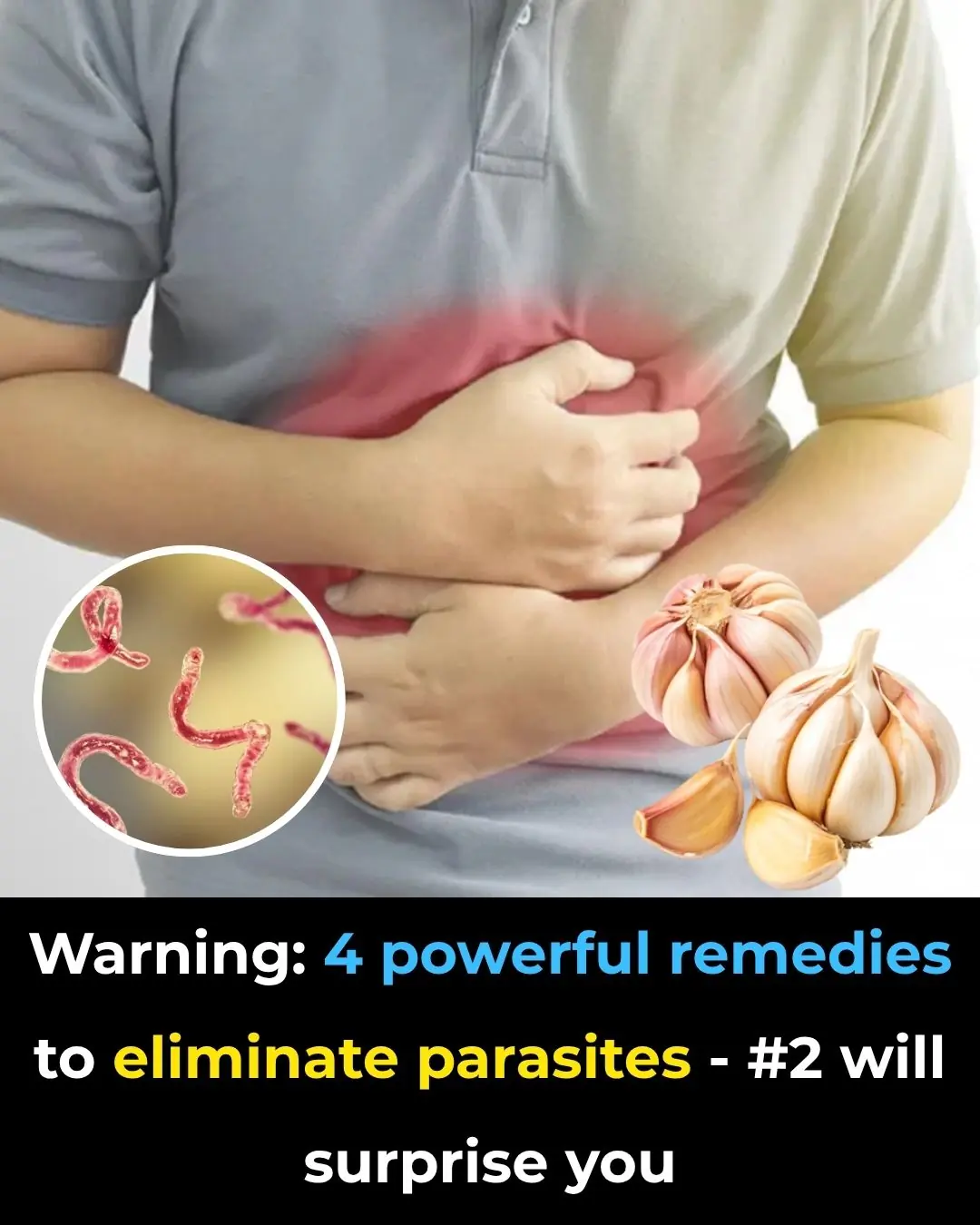
4 powerful remedies to eliminate parasites—#2 will surprise you!
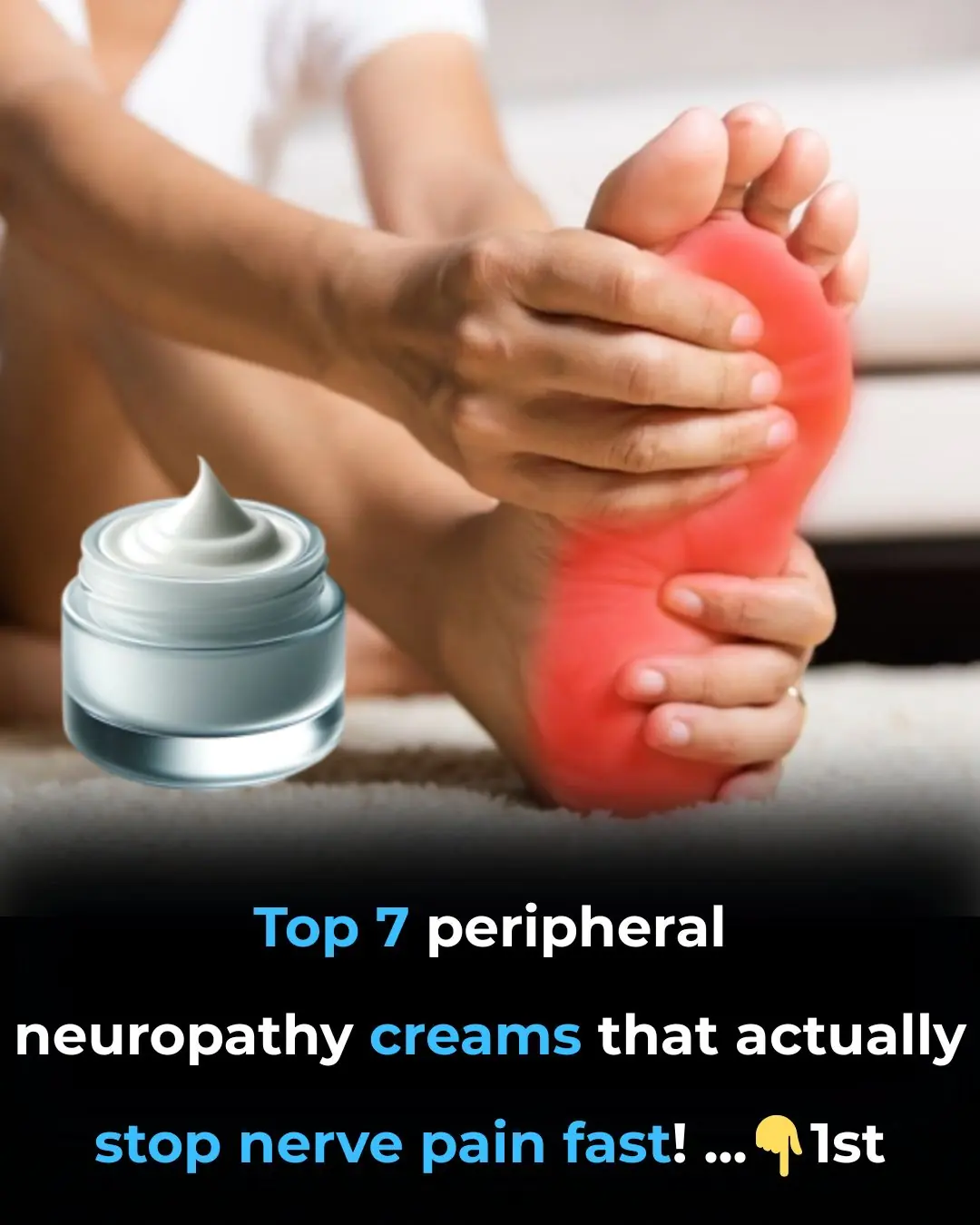
Top 7 peripheral neuropathy creams that actually STOP nerve pain fast!

The Real Health Benefits of Papaya Seeds: A Tiny Powerhouse Worth Trying

15 Things That Women Will Always Notice About A Man Over 50
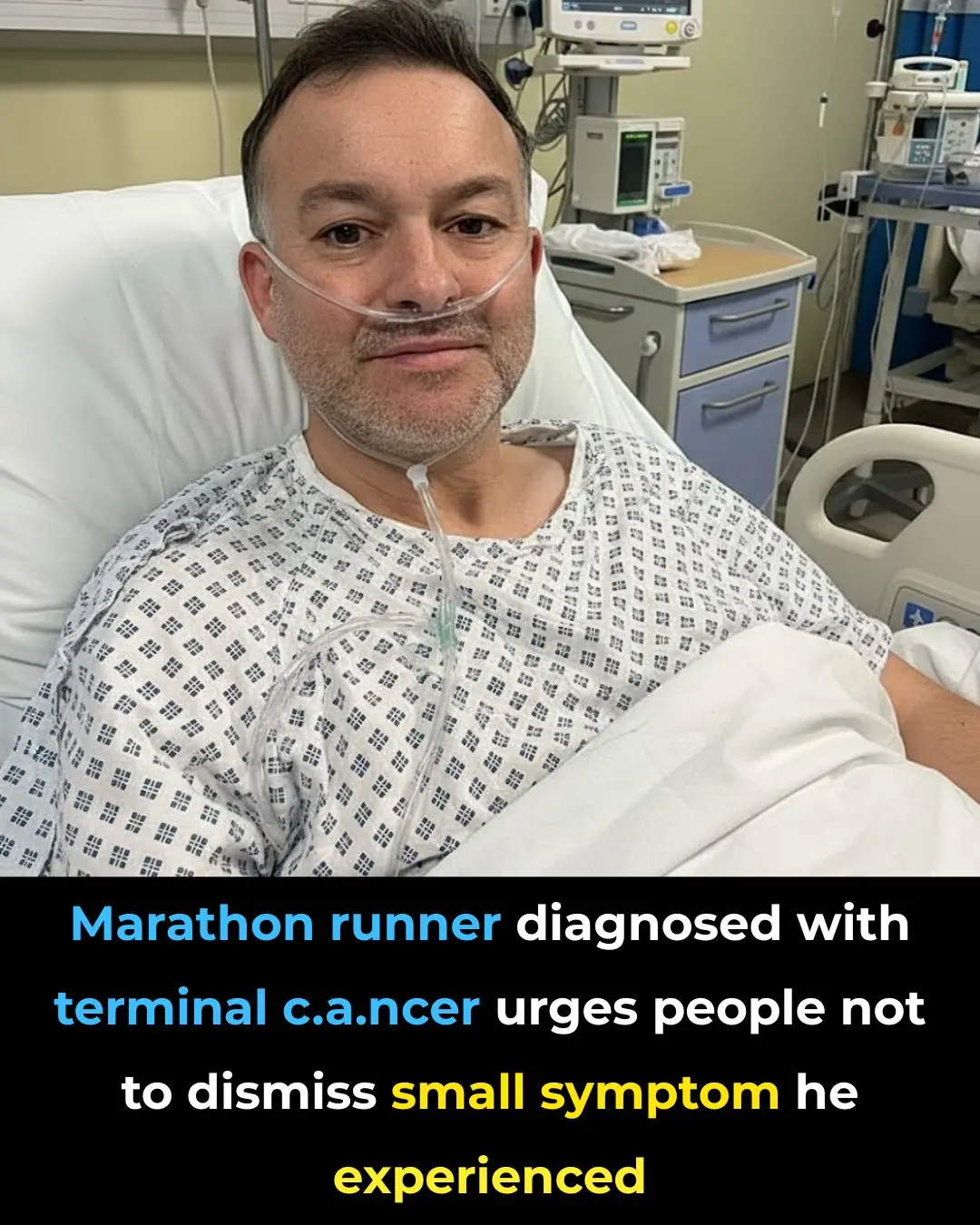
Marathon Runner Diagnosed With Terminal Cancer Warns Against Ignoring Small Symptoms
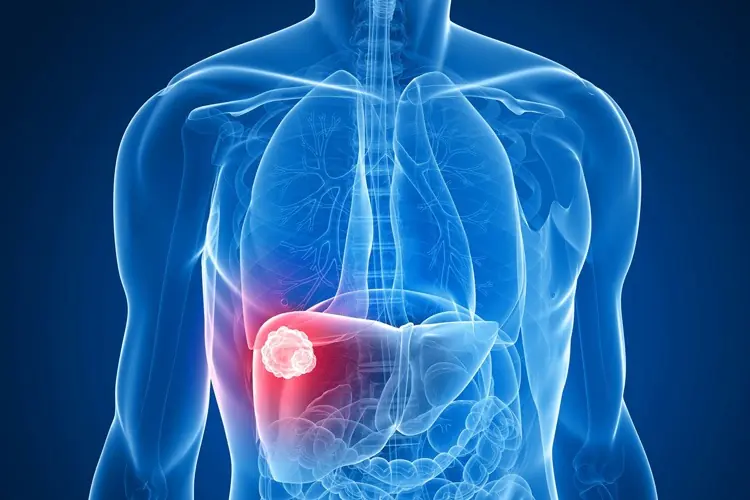
PANCREATIC CANCER NEEDS CATCHING EARLY. THE SIGNS AND SYMPTOMS TO LOOK OUT FOR
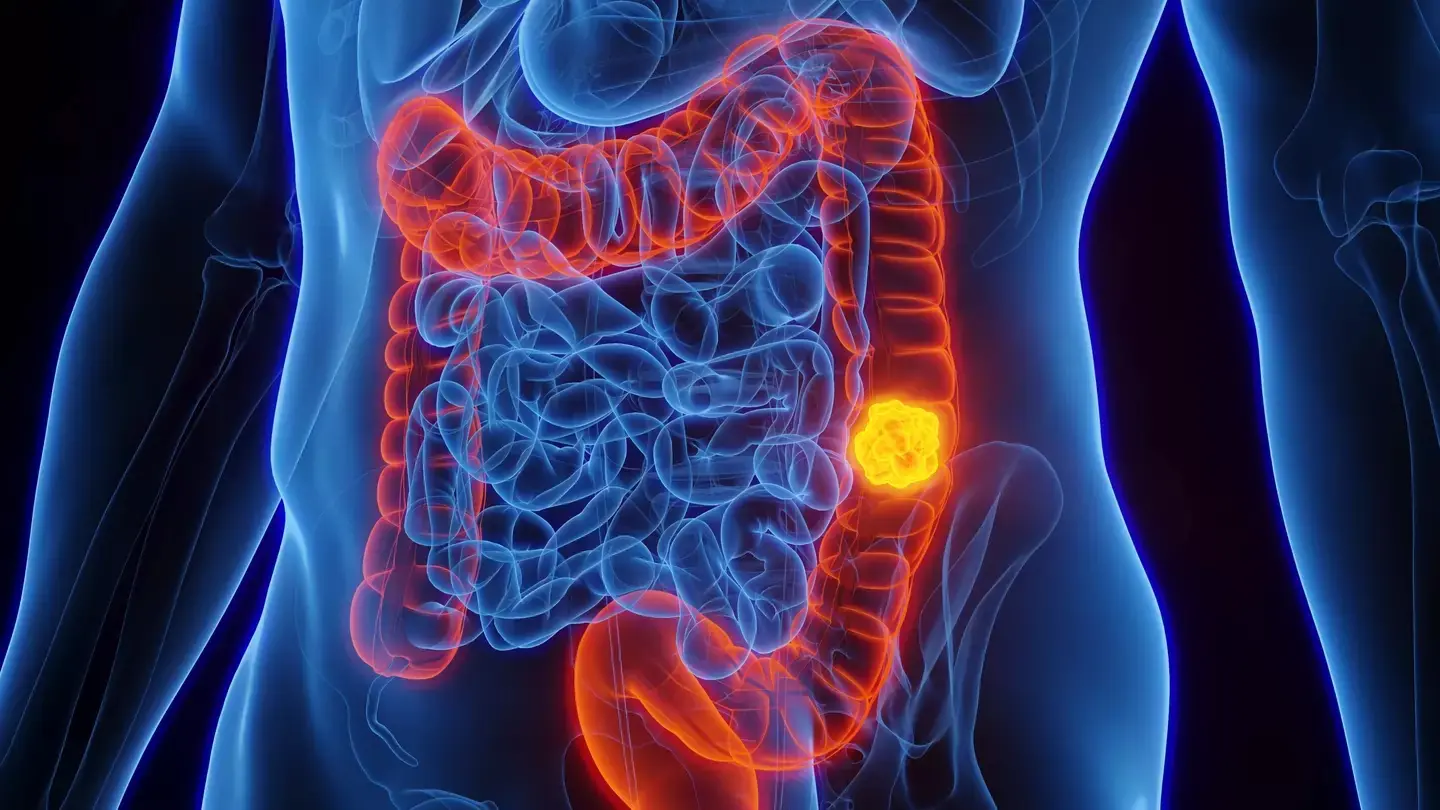
Woman diagnosed with stage four colon cancer warns people about 5 symptoms she ignored
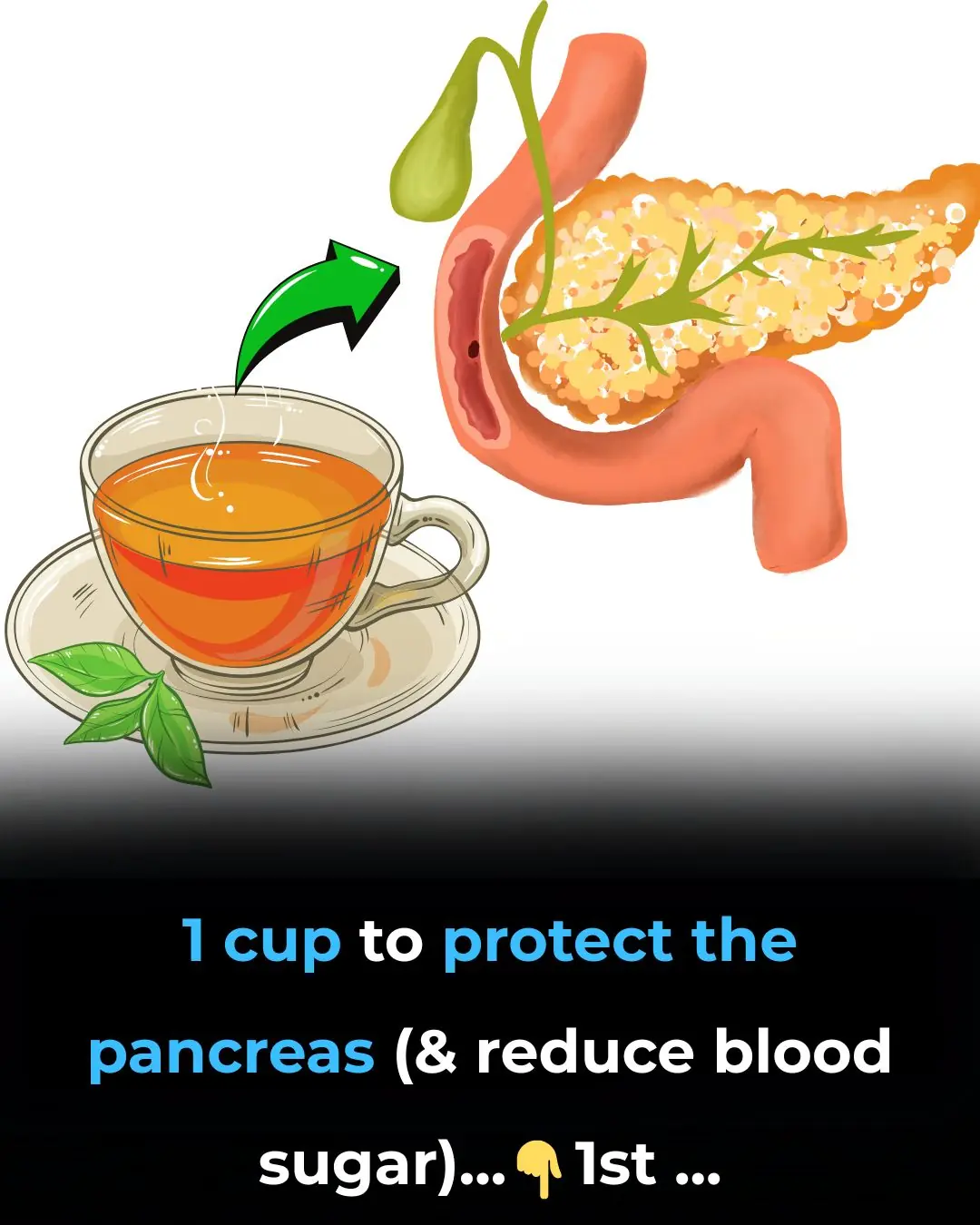
1 cup to protect the pancreas (and reduce blood sugar)
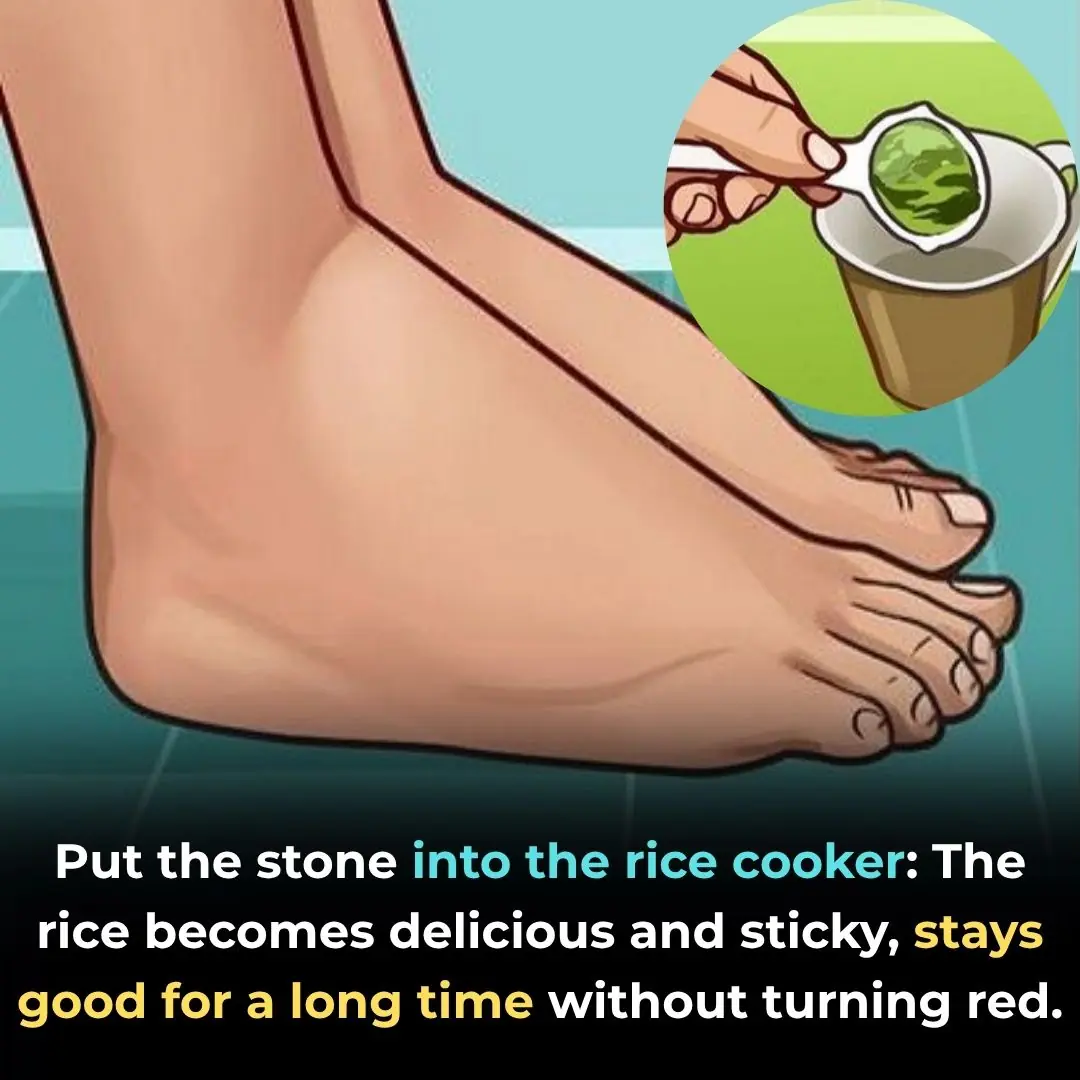
Eliminate Excess Water and Prevent Hand and Foot Swelling with These Effective Recipes
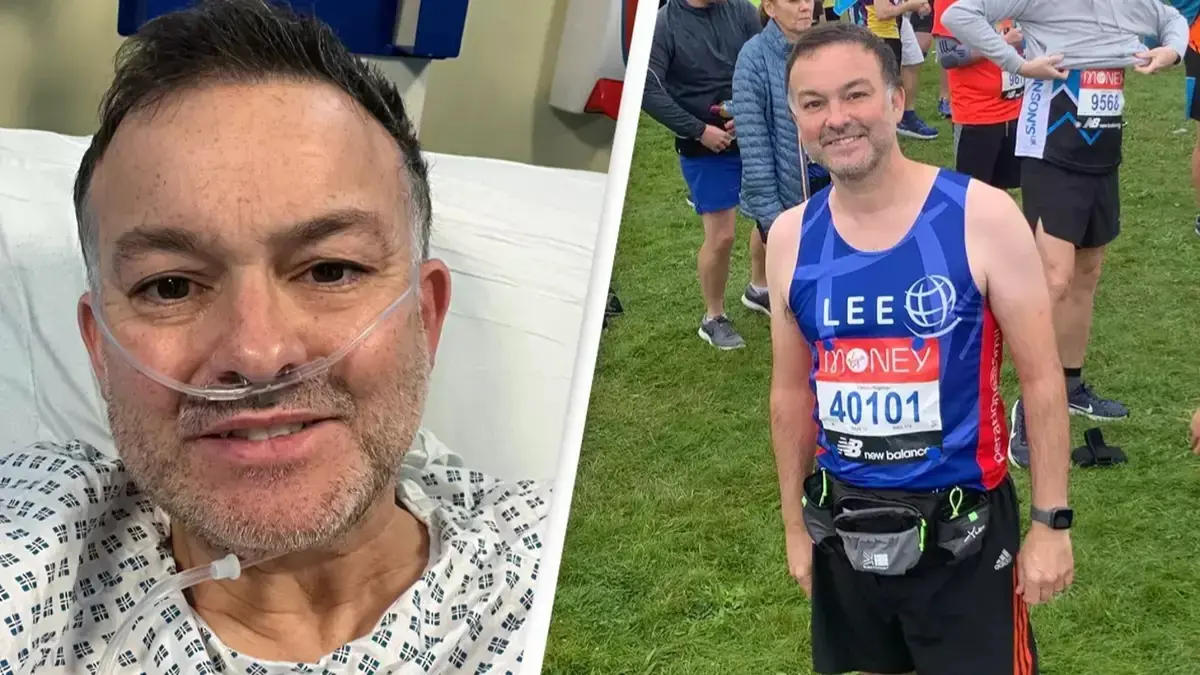
MARATHON RUNNER DIAGNOSED WITH TERMINAL CANCER URGES PEOPLE NOT TO DISMISS SMALL SYMPTOM HE EXPERIENCED
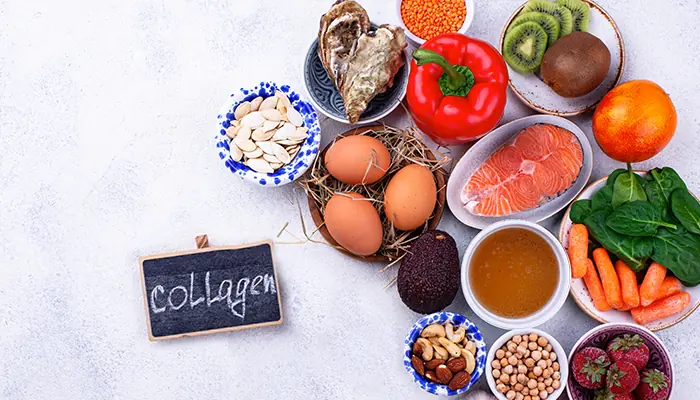
4 Powerful Foods That Naturally Boost Collagen and Repair Your Body from Within
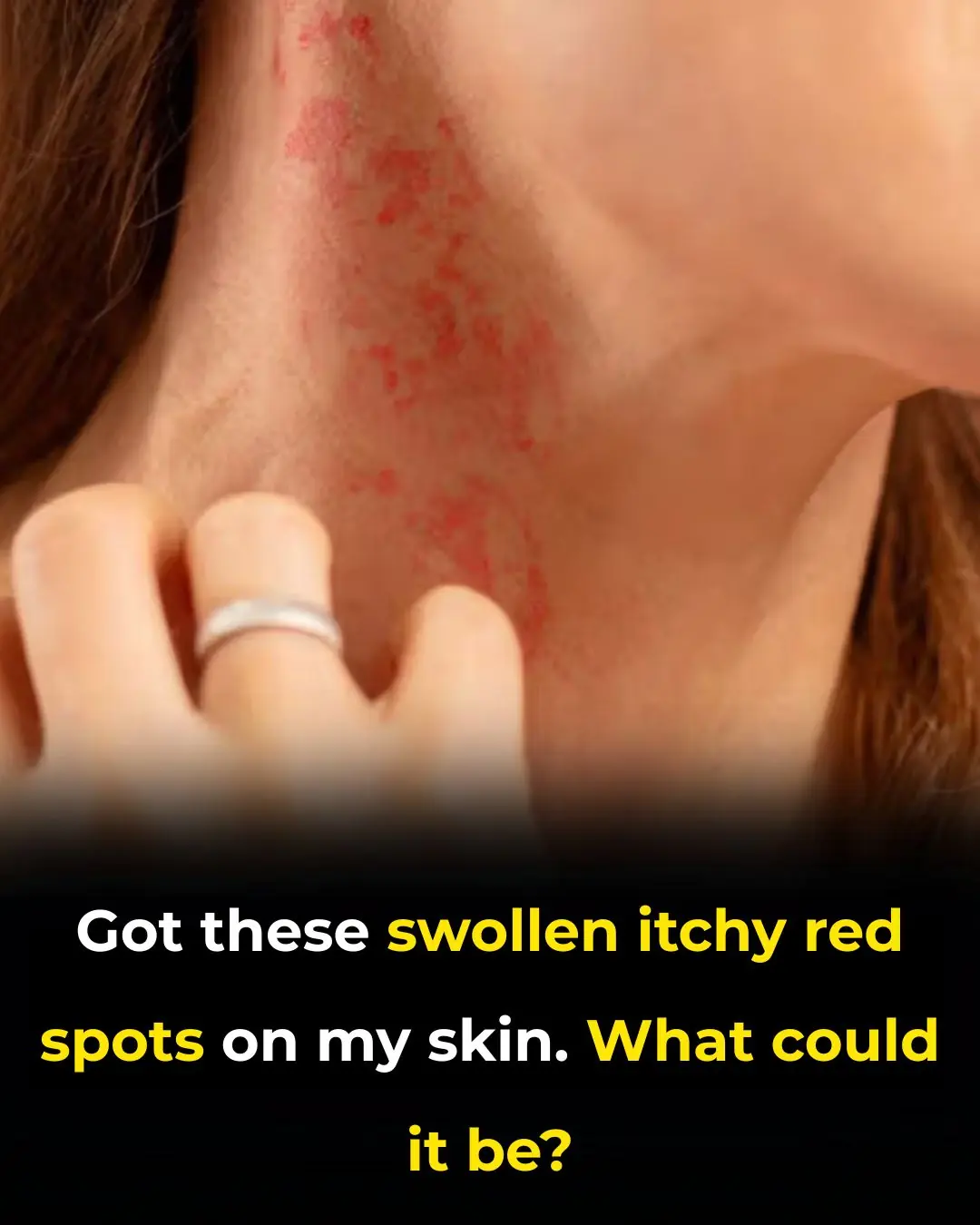
Ugh, these so annoying
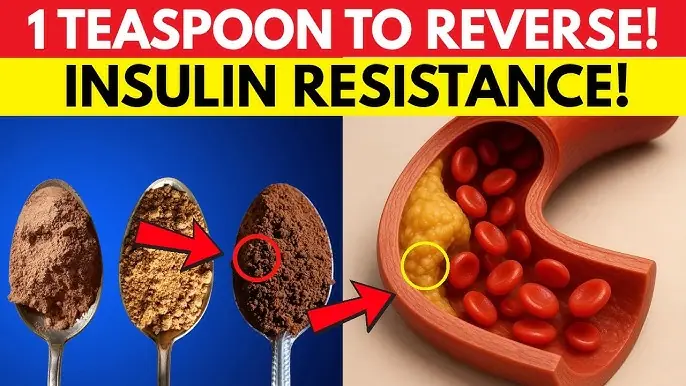
1 Teaspoon in Your Morning Coffee Could Stop Insulin Resistance Within Minutes
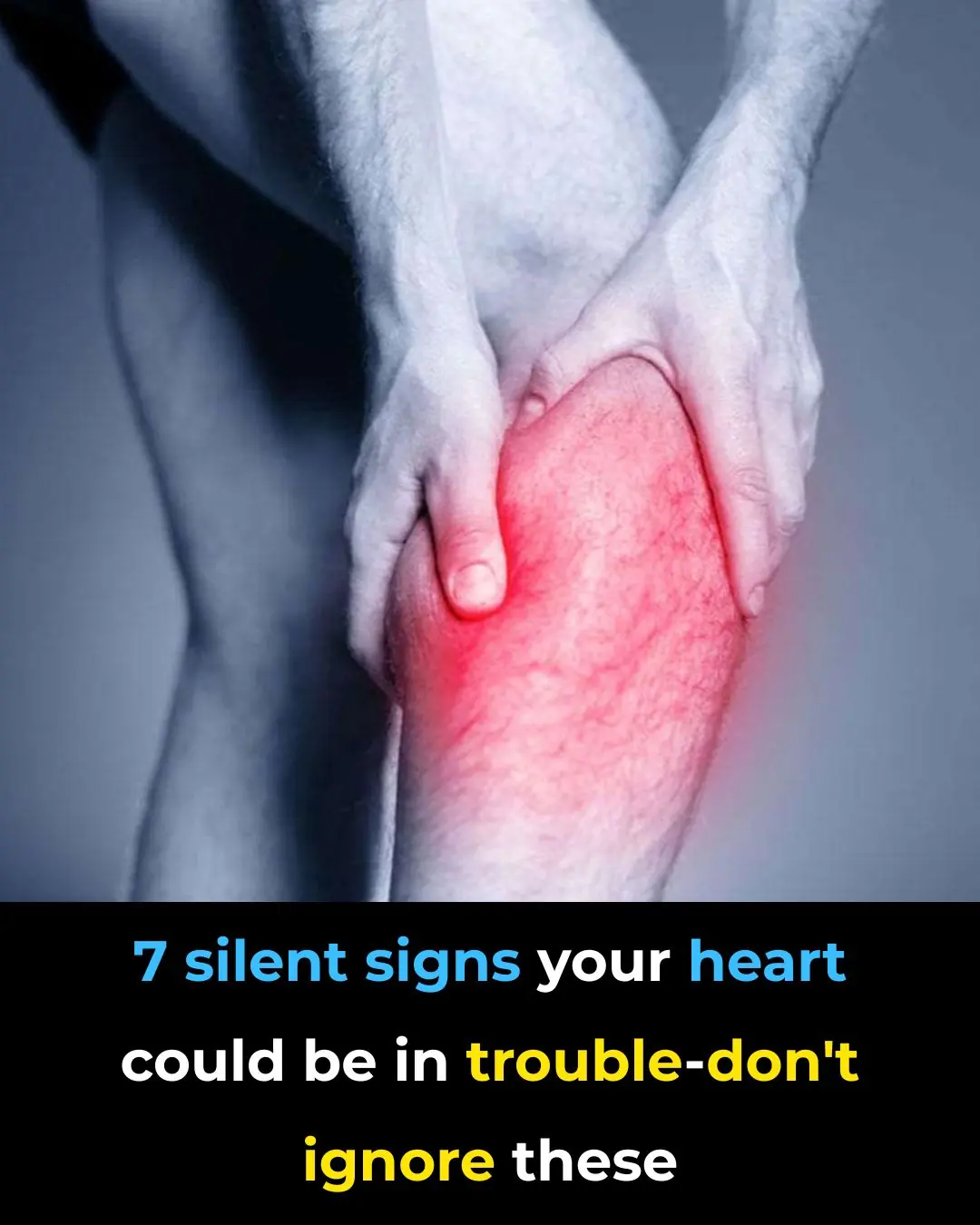
7 silent signs your heart could be in trouble – don’t ignore these!
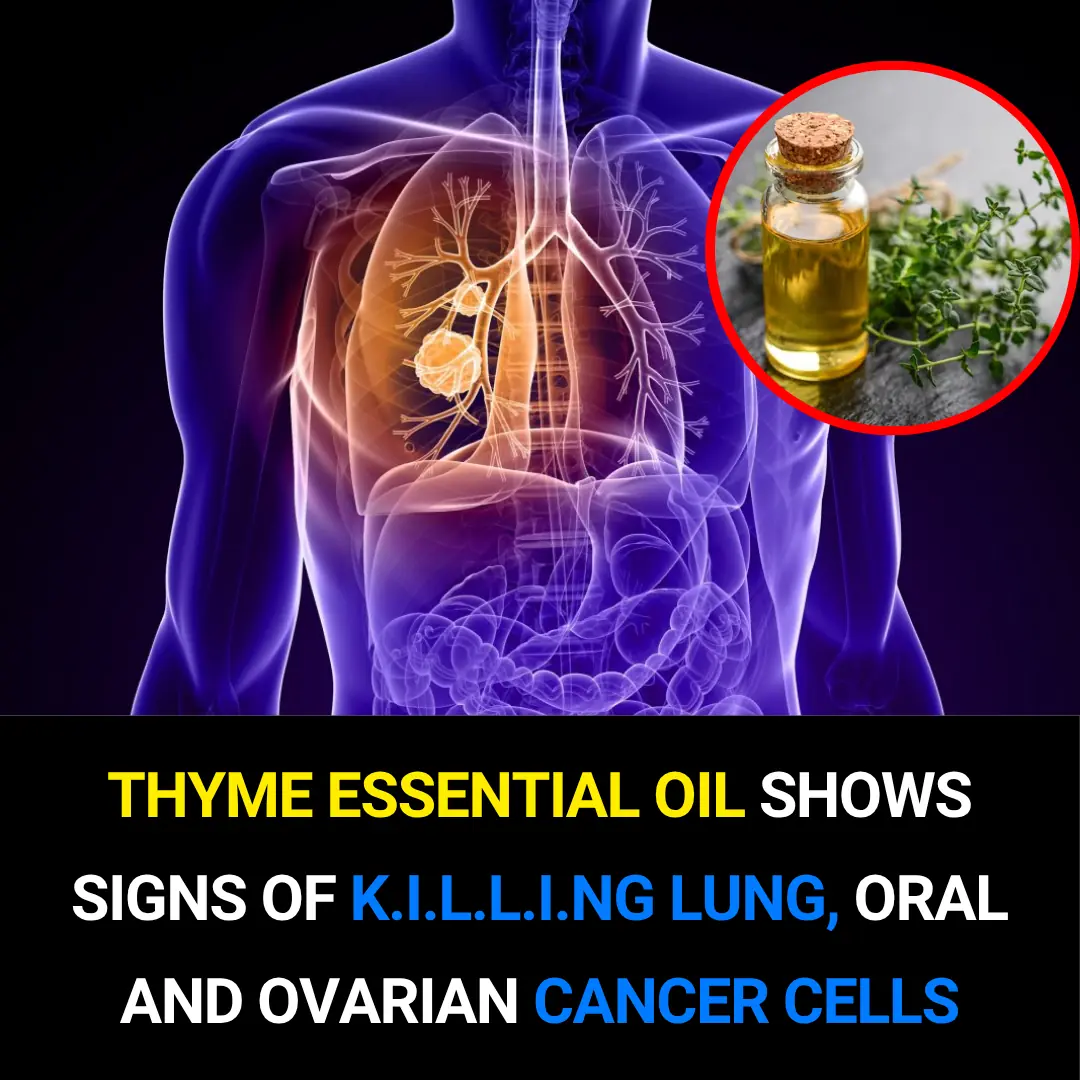
Thyme Essential Oil Shows Promise in Killing Lung, Oral, and Ovarian Cancer Cells
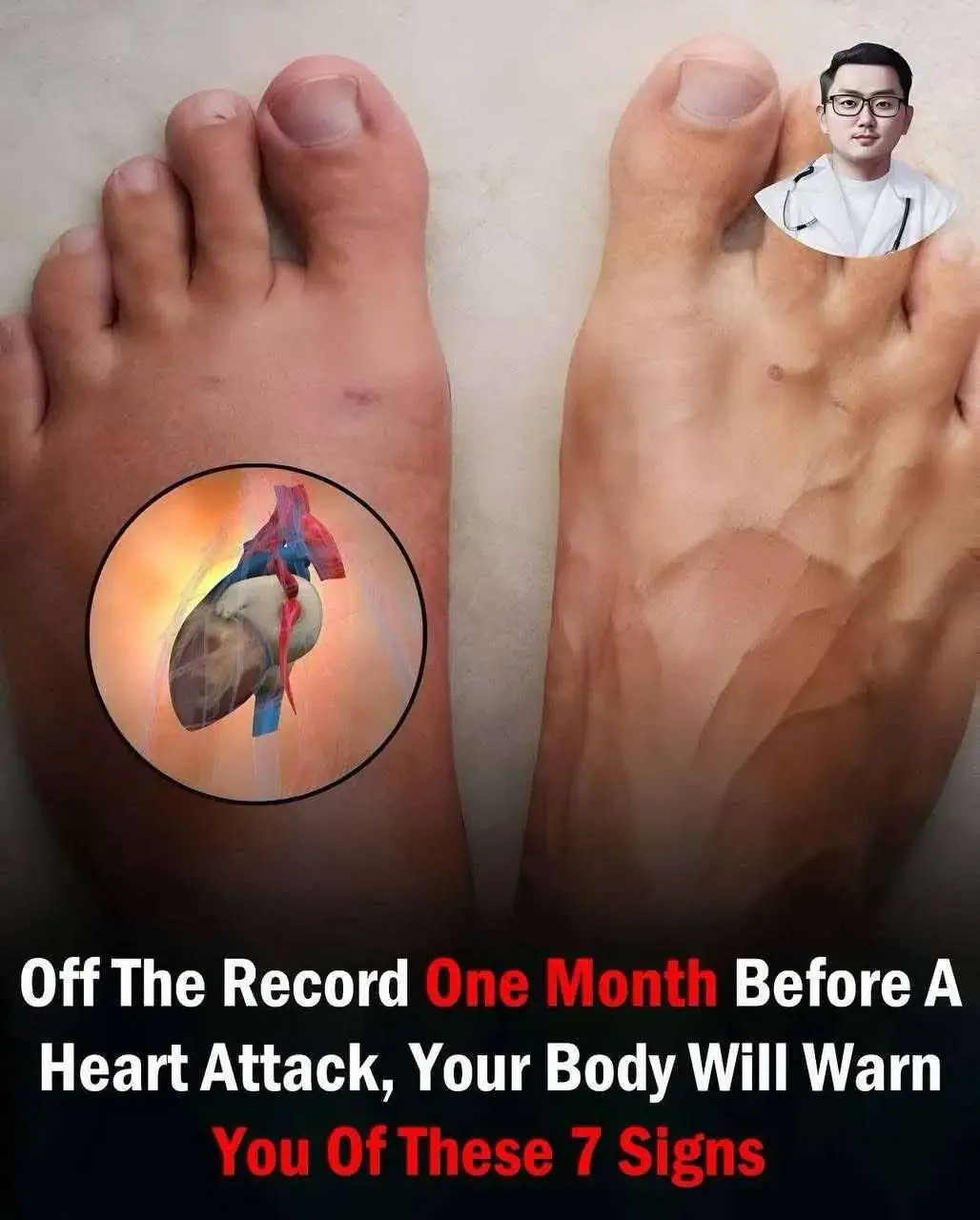
7 Warning Signs of a Heart Attack You Should Never Ignore
News Post
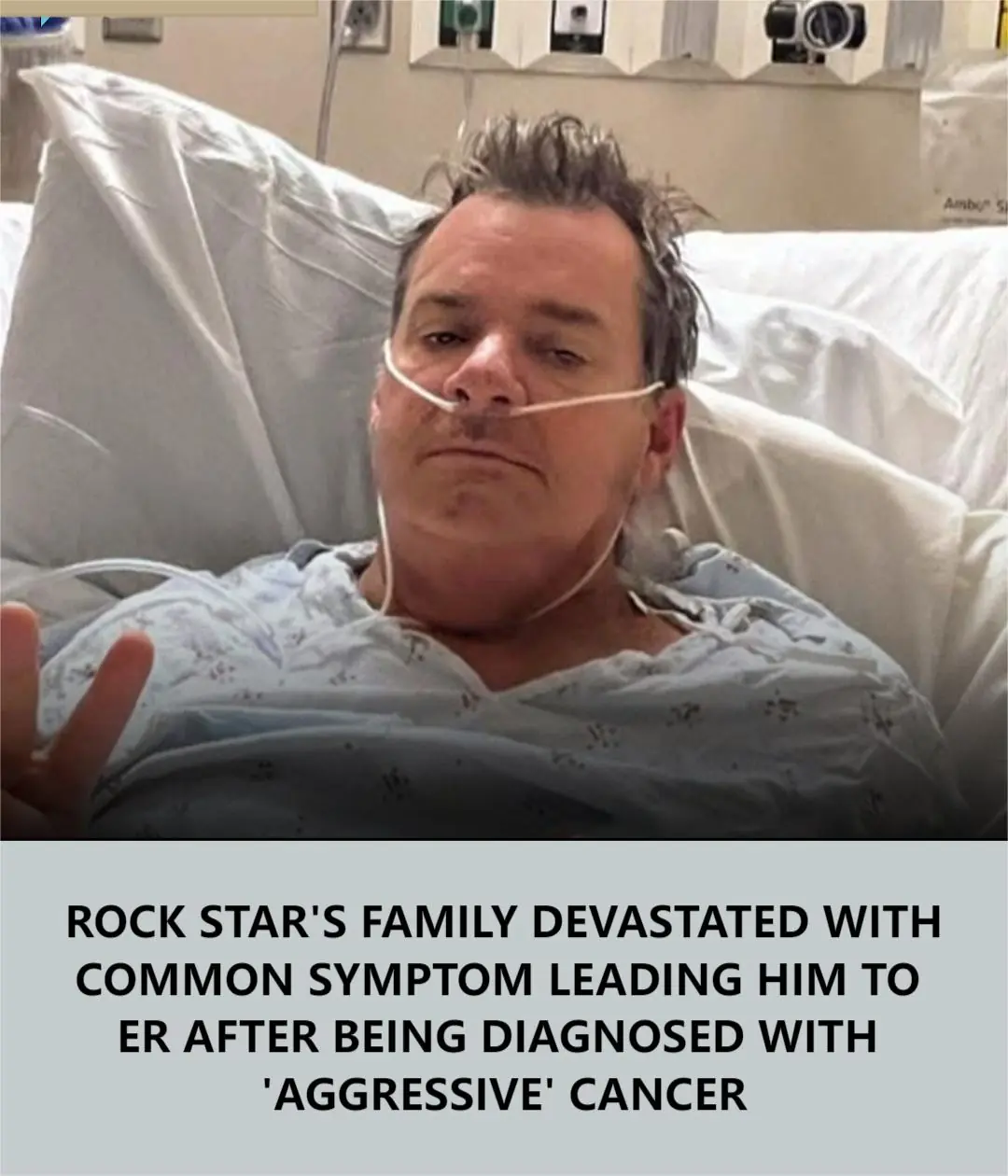
Rock Star’s Family Devastated As Common Symptom Leads To ER Visit And Aggressive Cancer Diagnosis

Tammy Slaton Shocks Fans With Stunning Weight Loss Photos—Inside Her Transformation
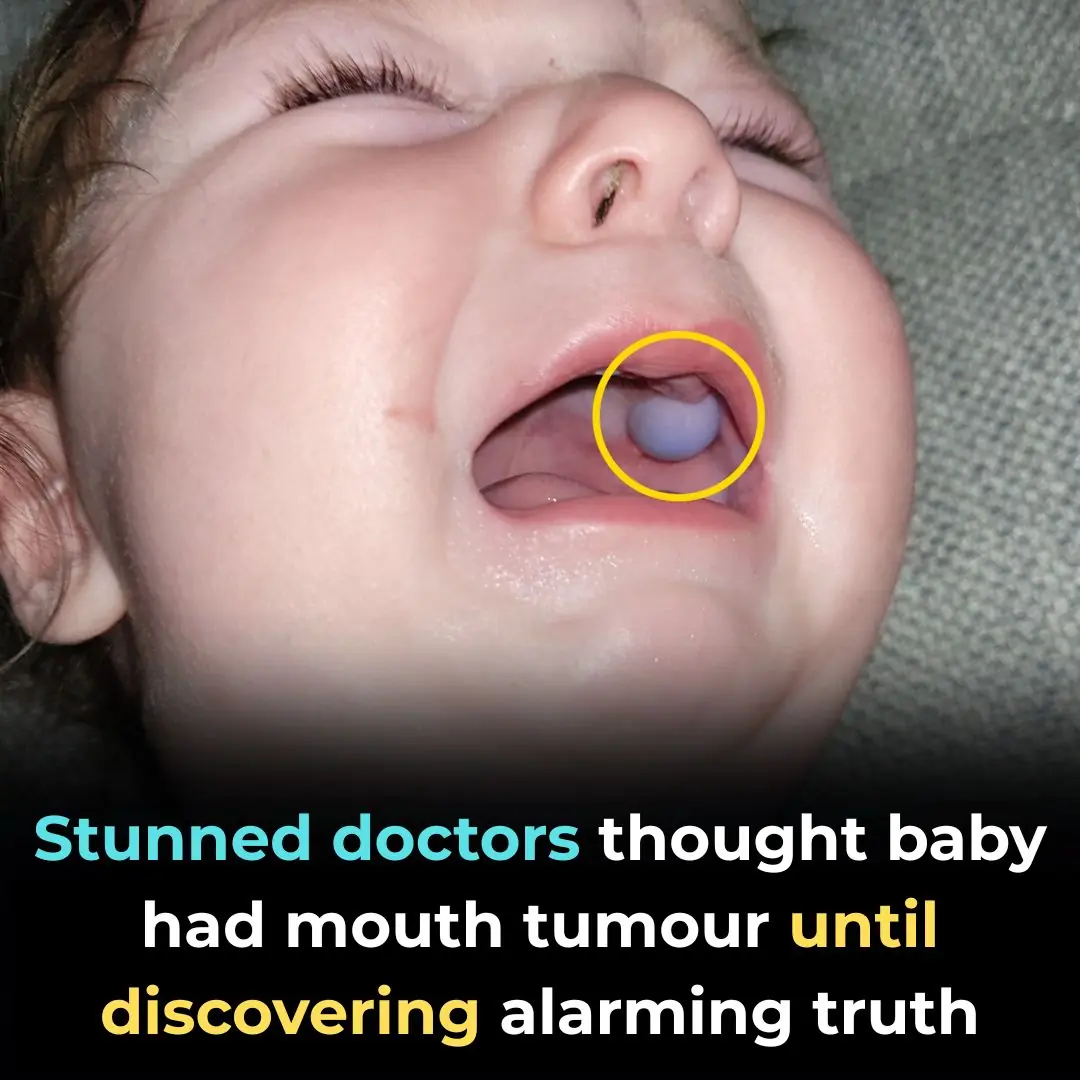
Doctors Feared Baby Had a Mouth Tumor—But the Real Cause Left Everyone Stunned

31-Year-Old Father Warns Others After Subtle Symptoms Lead to Colon Cancer Diagnosis

35-Year-Old Man Dubbed the “Modern Dorian Gray” Reveals His Unusual Secrets for Staying Youthful

7-Eleven Manager Allegedly Suffocates Employee During Shift—Victim Dies Days Later

Take This Before Bed — and Wake Up Transformed

The Ultimate Healing Tonic: A Powerful Natural Drink for Swollen Feet, Diabetes & Poor Circulation
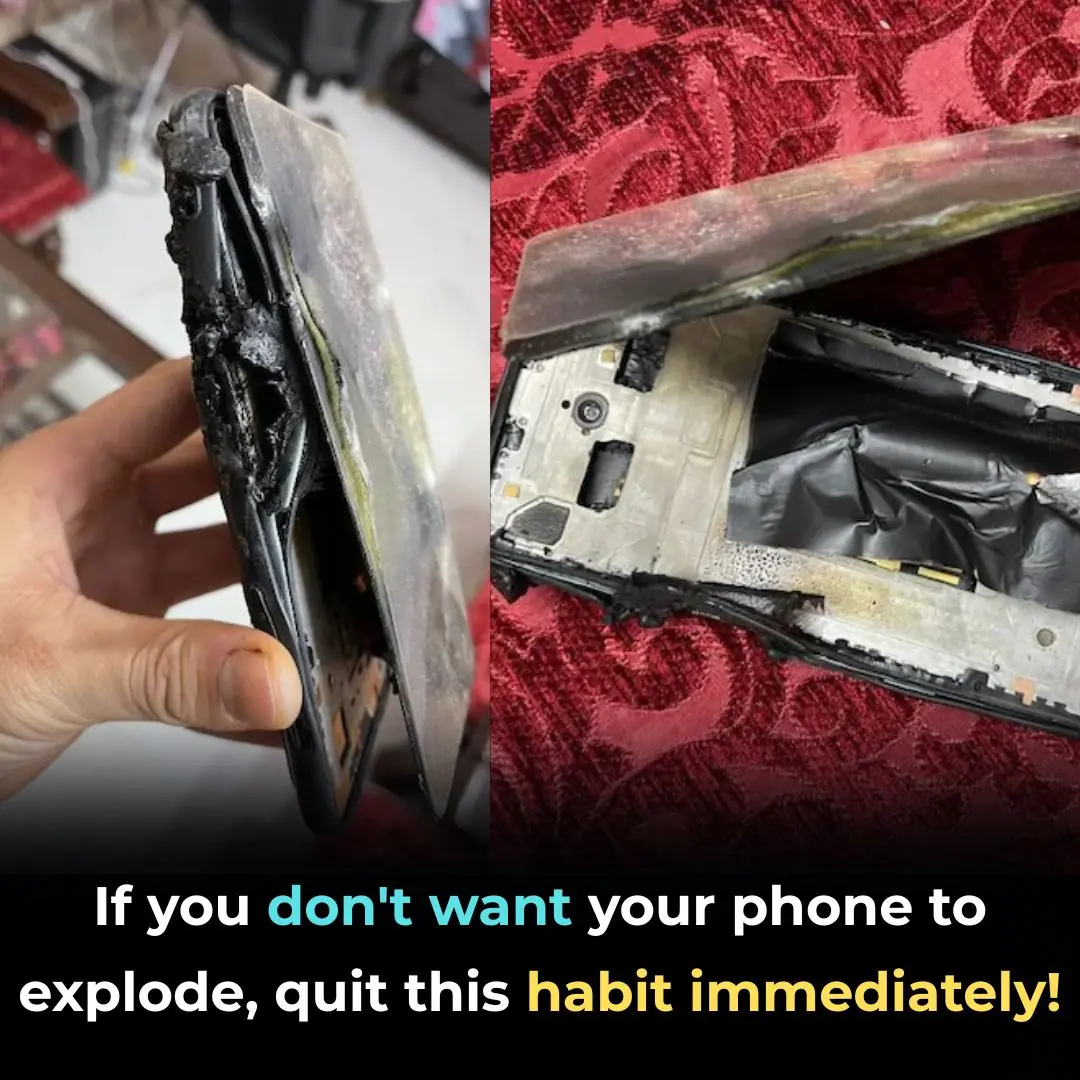
Stop This Dangerous Habit Before Your Phone Explodes!
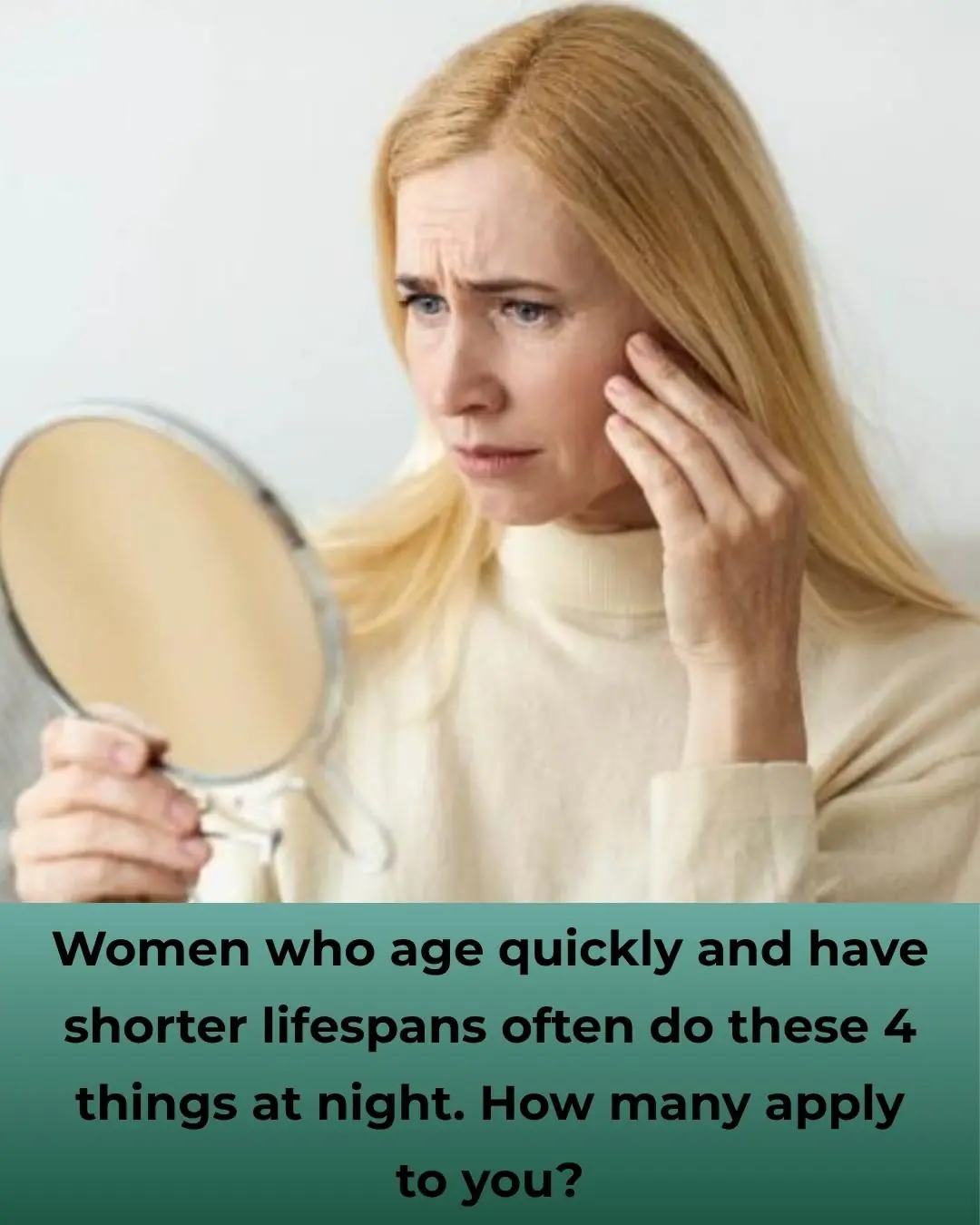
Women Who Age Quickly & Have Shorter Lifespans Often Do These 4 Things at Night — How Many Are You Guilty Of?
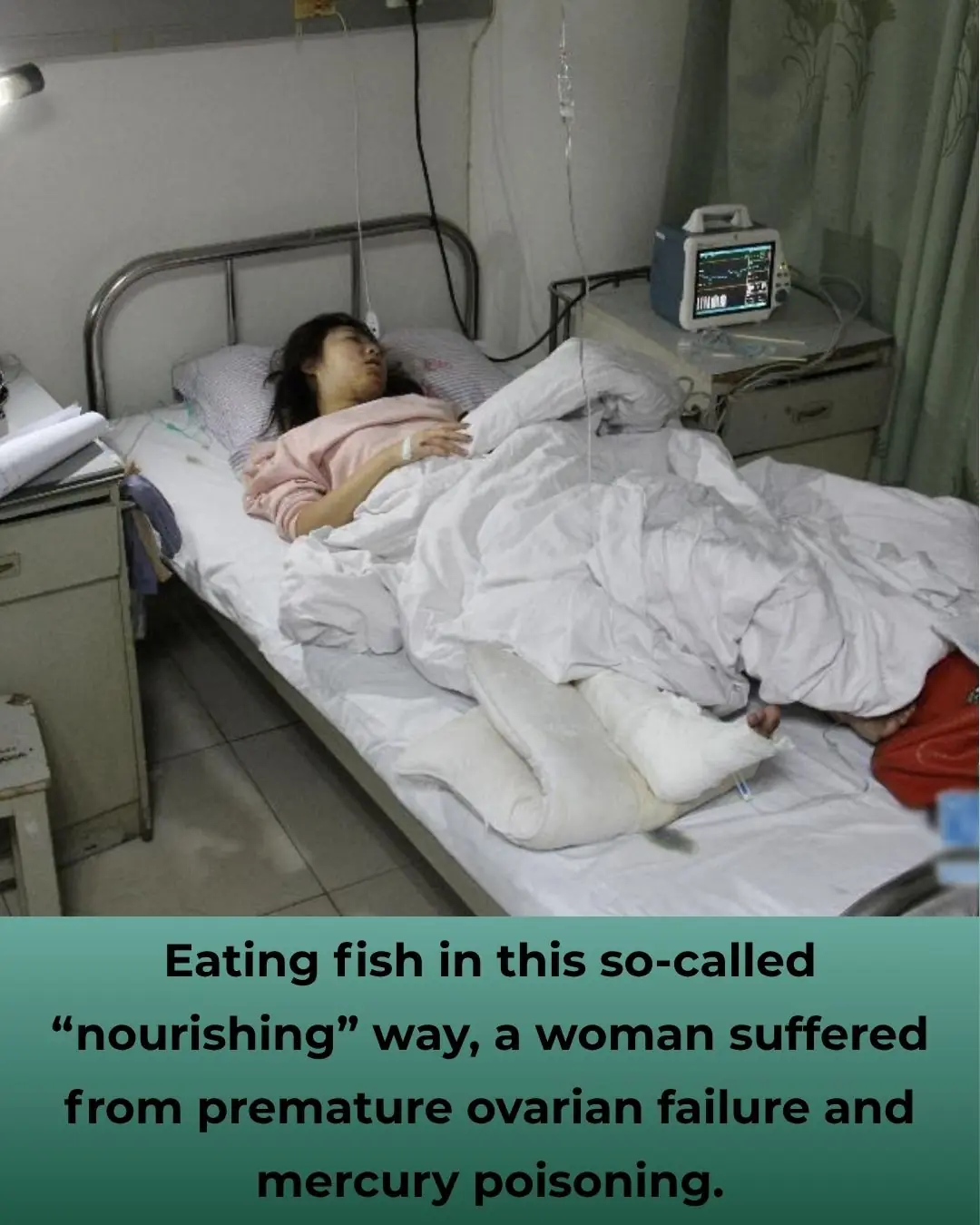
Eating Fish “for Ultimate Strength” — 30-Year-Old Woman Diagnosed with Premature Ovarian Failure, Body Full of Mercury
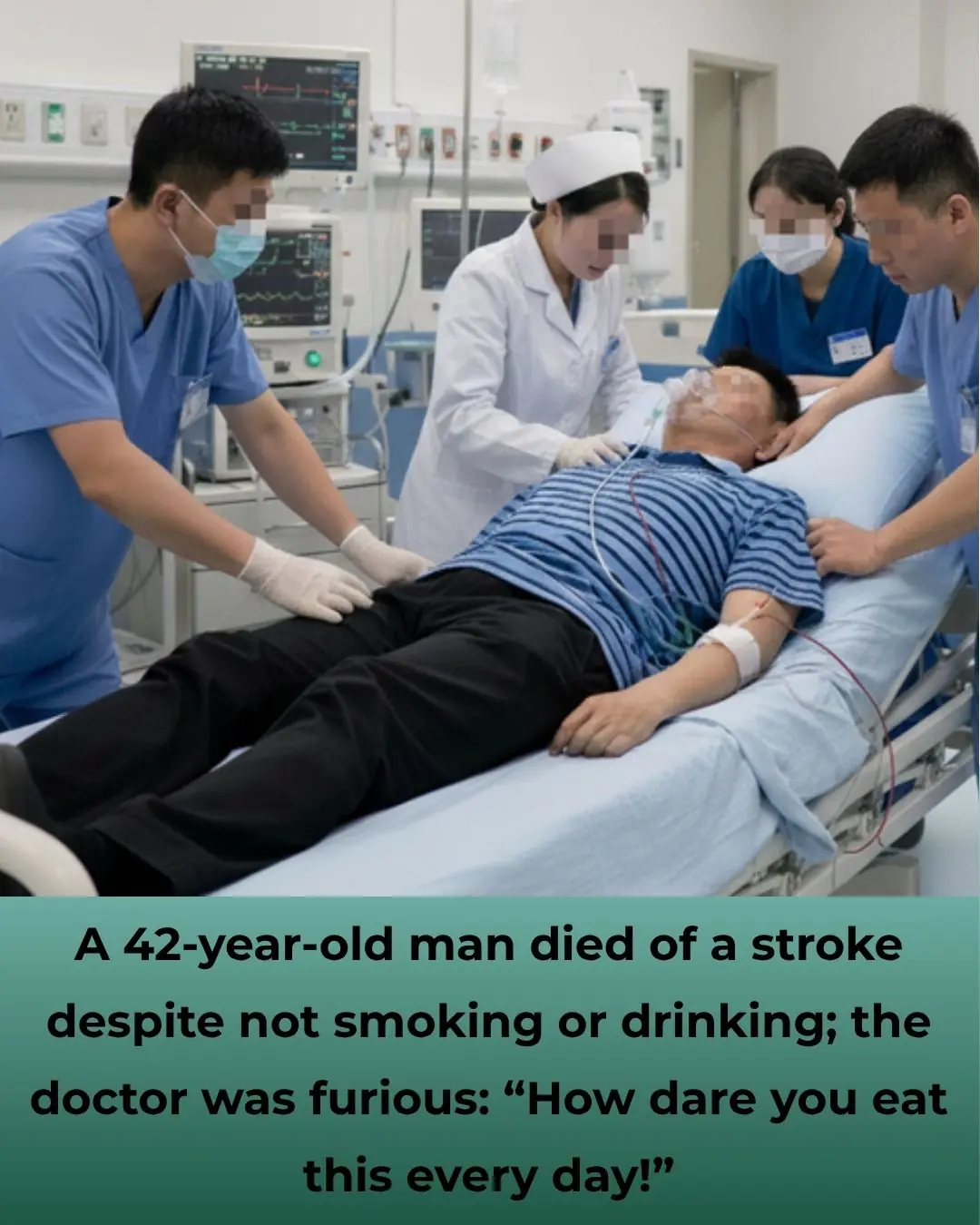
42-Year-Old Man Dies of Stroke Despite No Smoking or Alcohol — Doctor Warns: “How Dare You Eat This Every Day!”
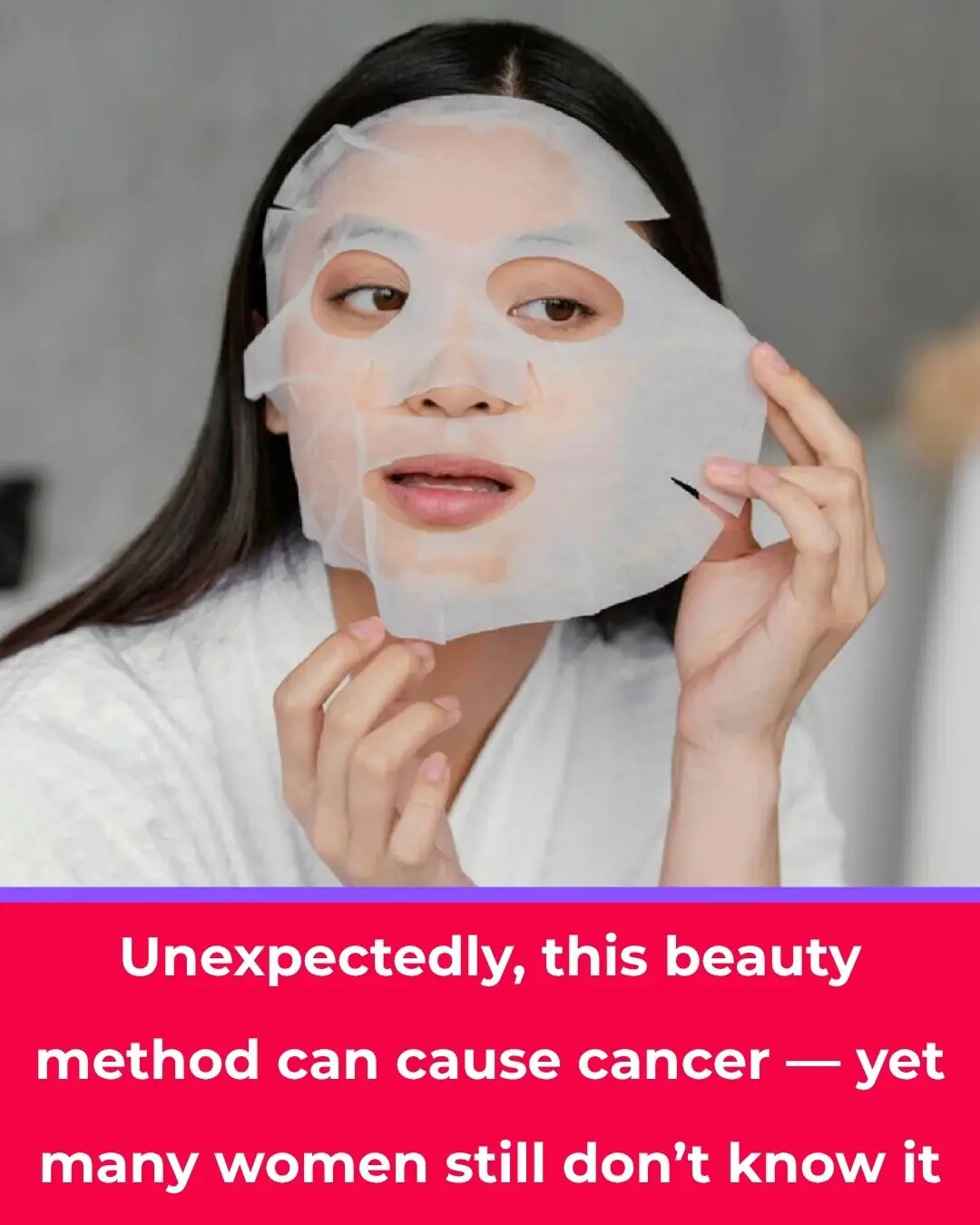
“Doctor warns: 3 beauty habits you might think are harmless — but that could speed up cancer development!”
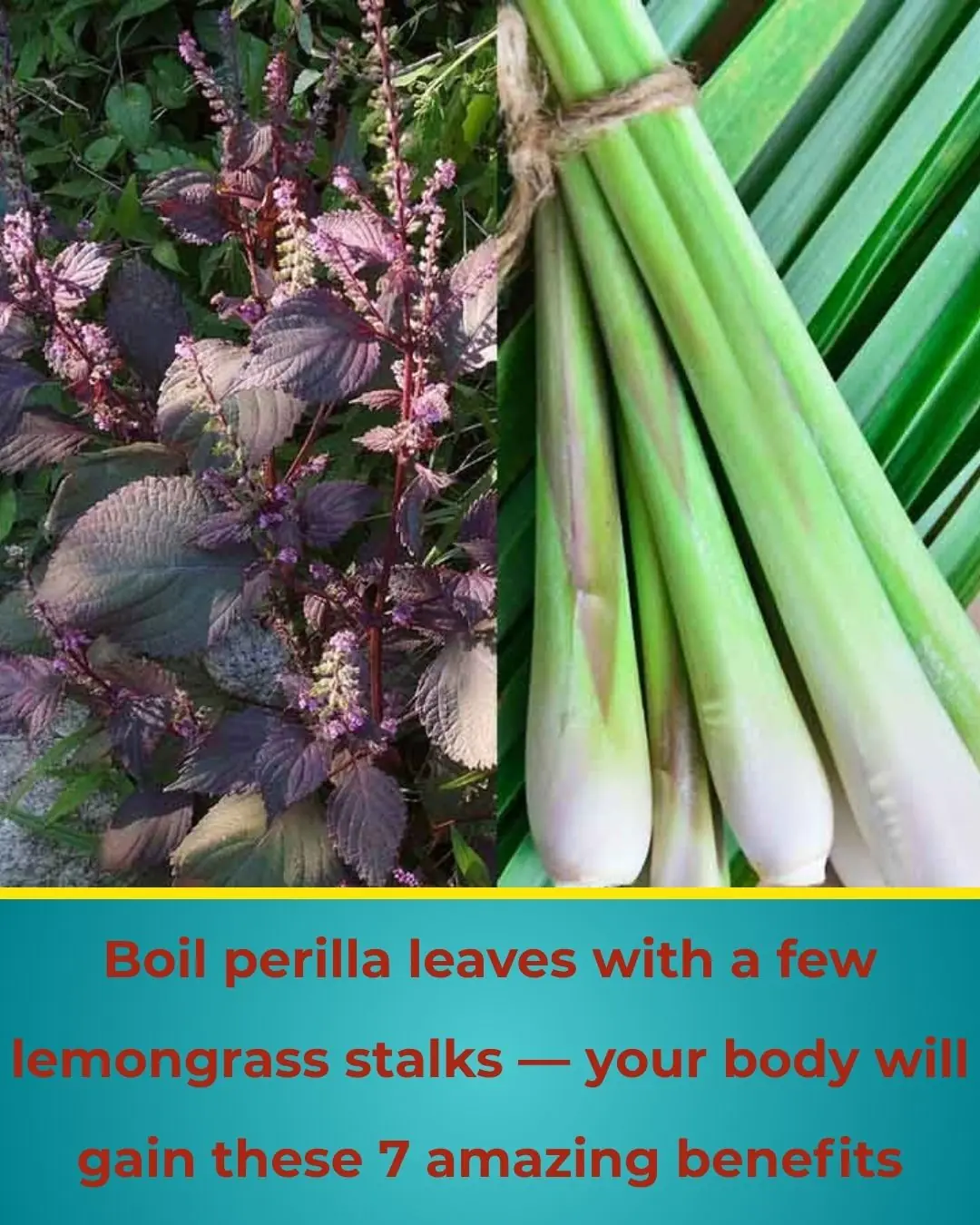
Boil Perilla Leaves with a Few Stalks of Lemongrass — Your Body Gets These 7 Excellent Benefits
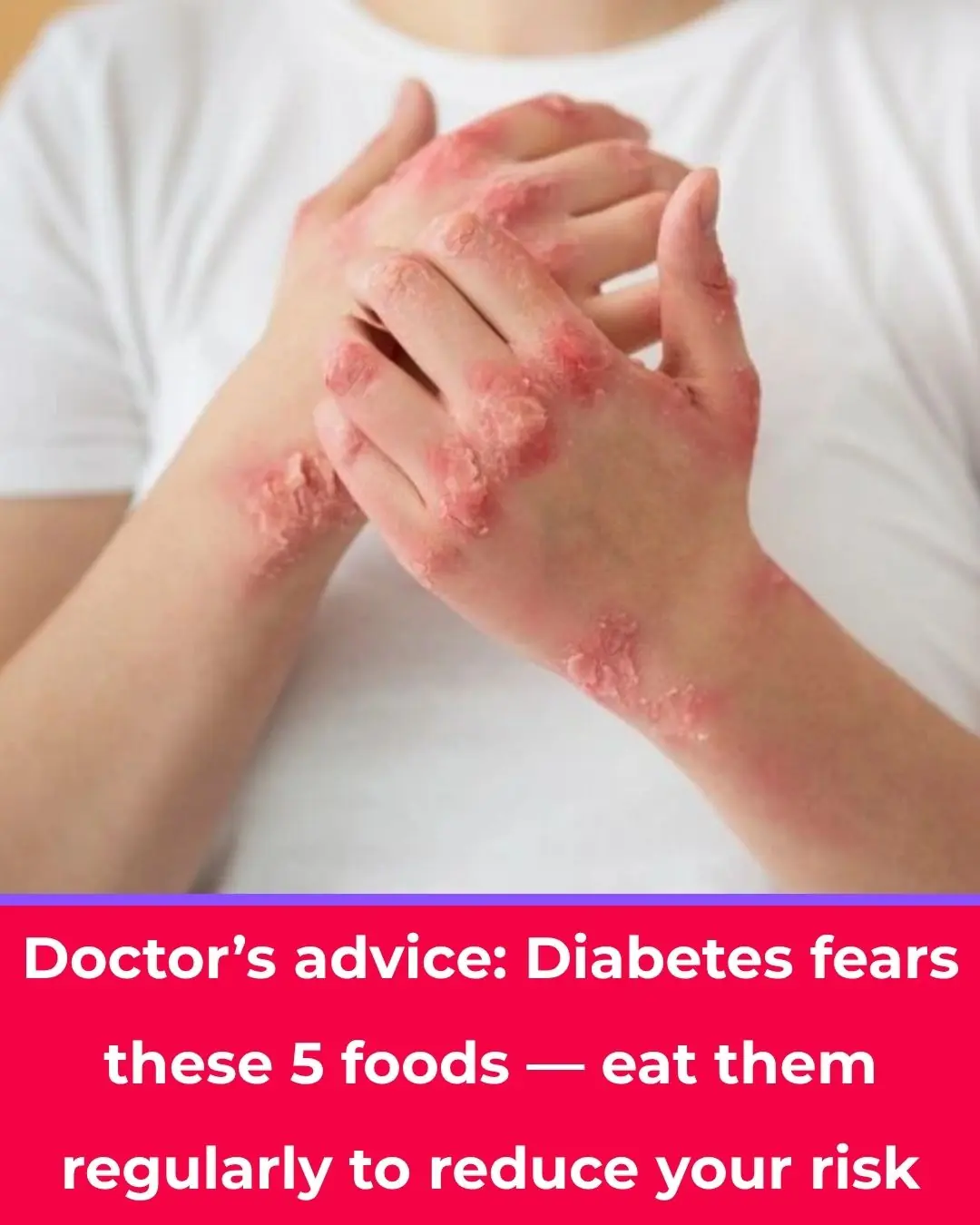
Everyone Fears Diabetes — But Diabetes “Fears” These 5 Foods the Most
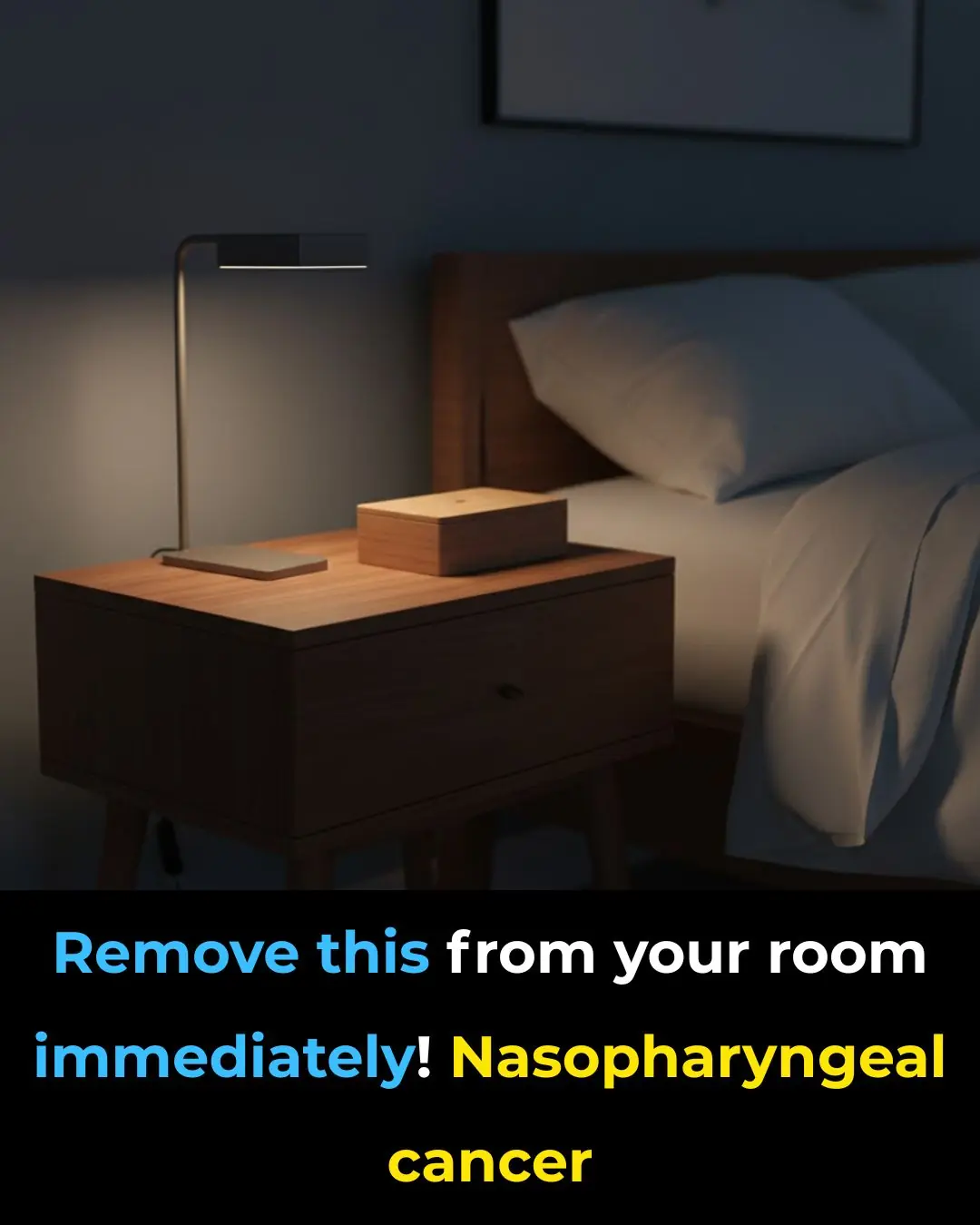
Objects That May Be Harming Your Health Without You Noticing
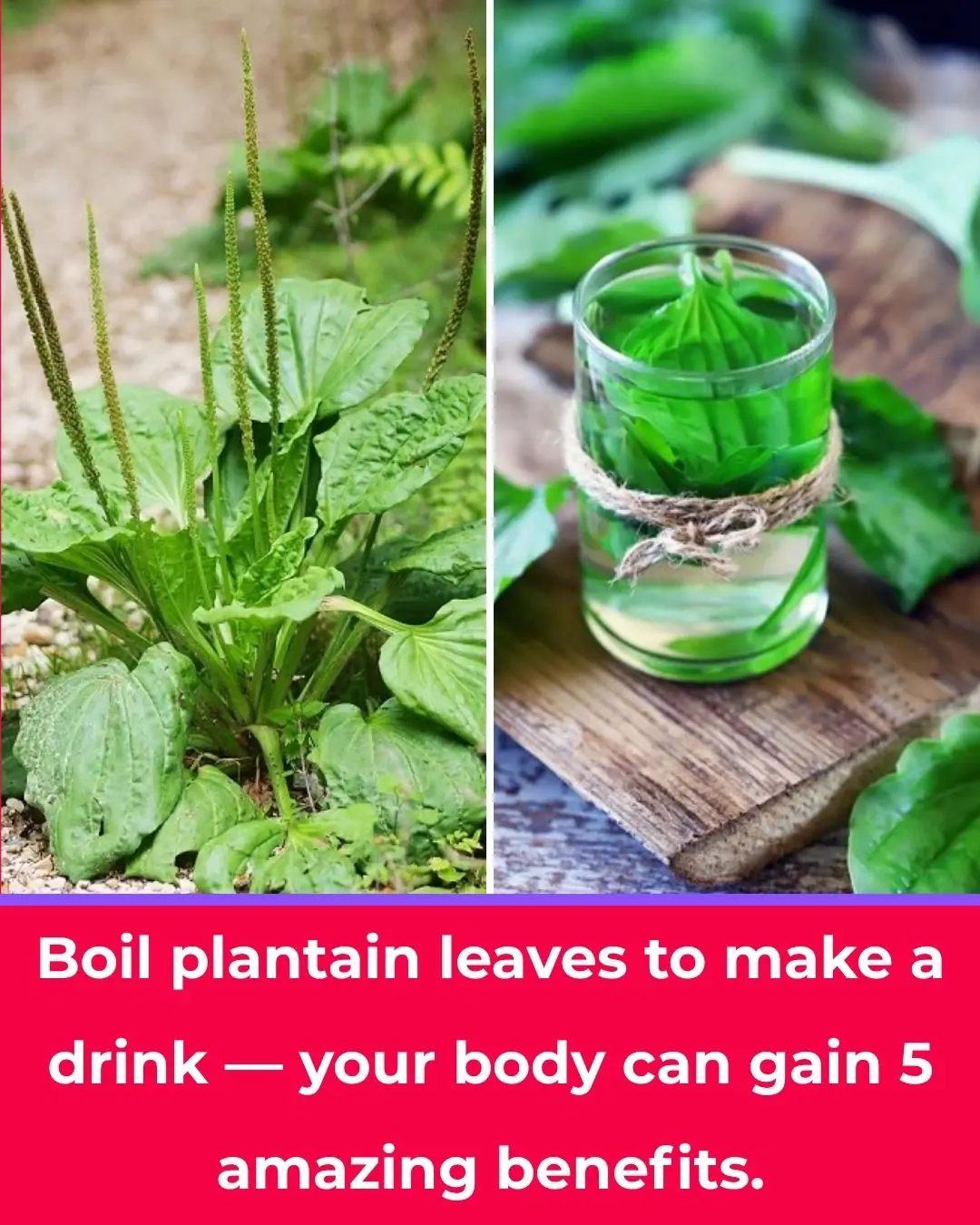
Drinking Plantain Leaf Tea: 5 Powerful Health Benefits for Your Body
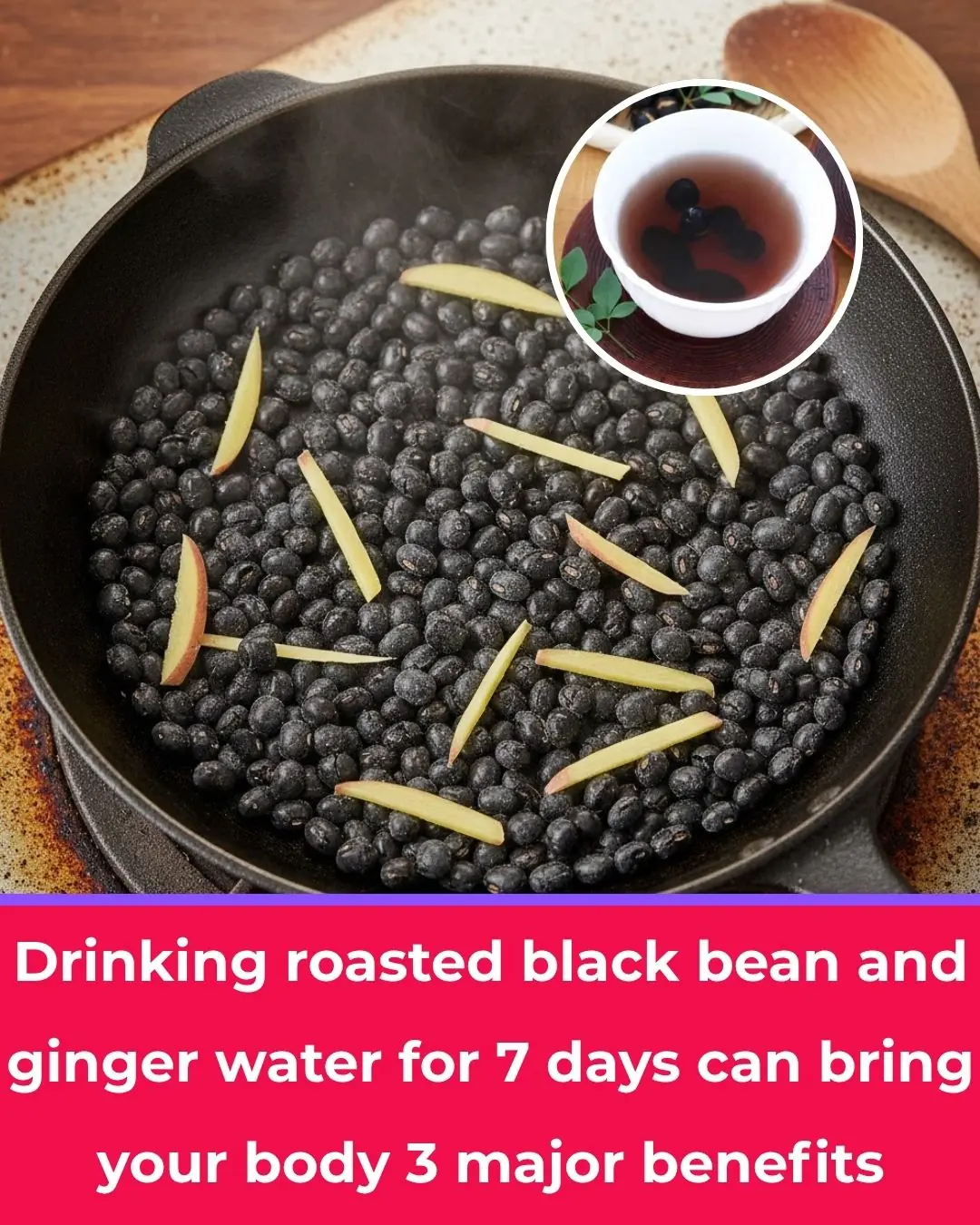
Drink Roasted Black Bean and Ginger Tea for 7 Days — Your Body Will Thank You with 3 Amazing Benefits
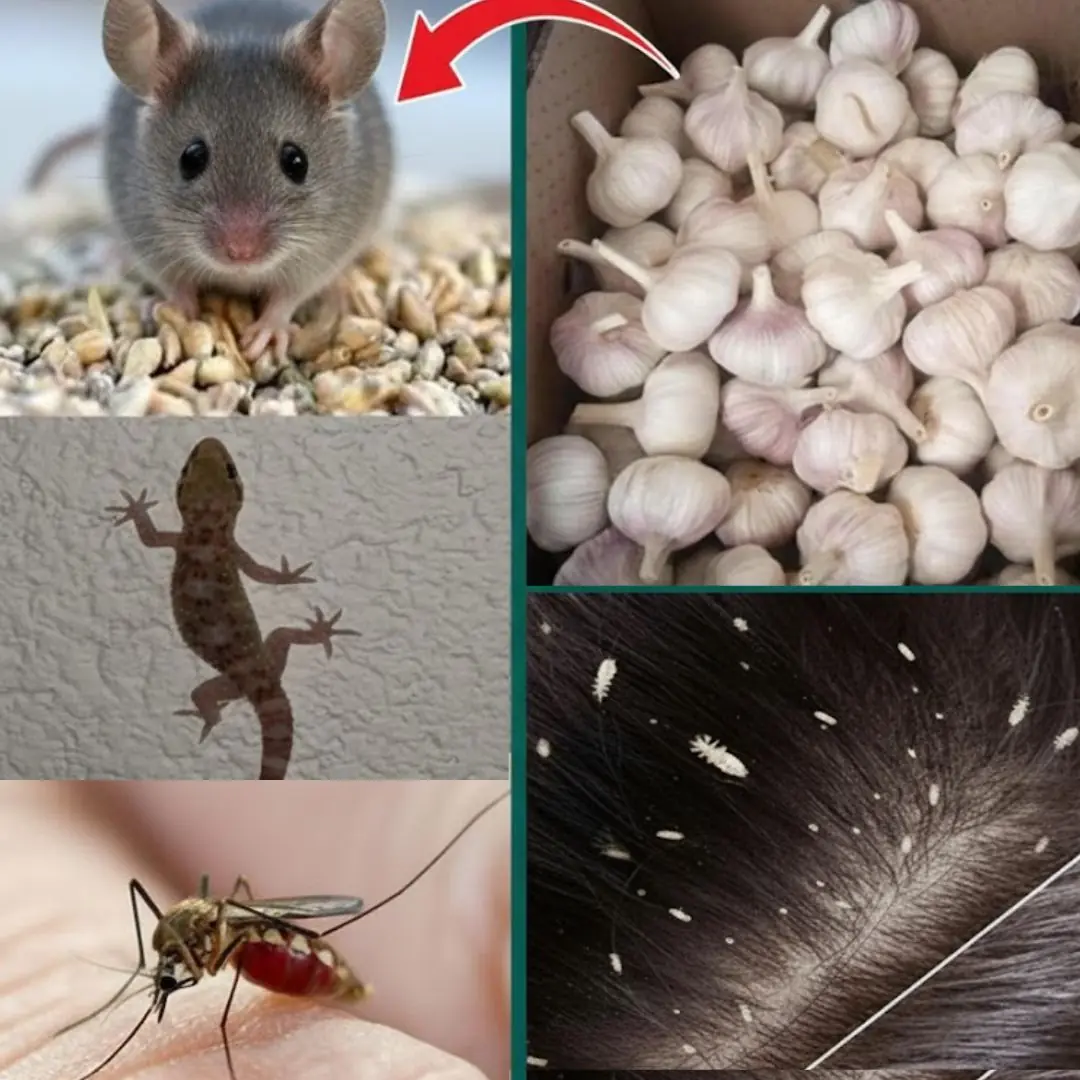
Garlic: The Natural Weapon Against Pests You Probably Forgot About
